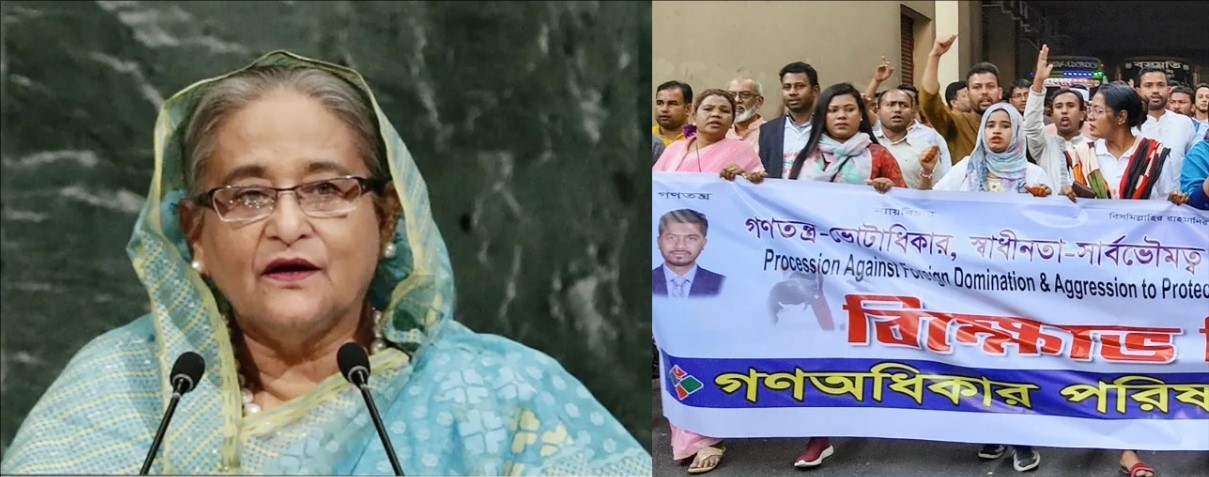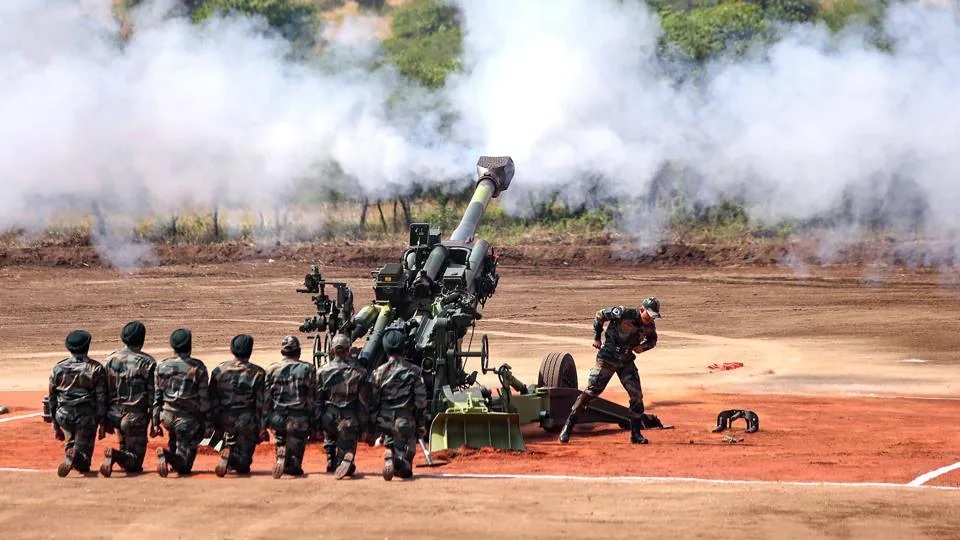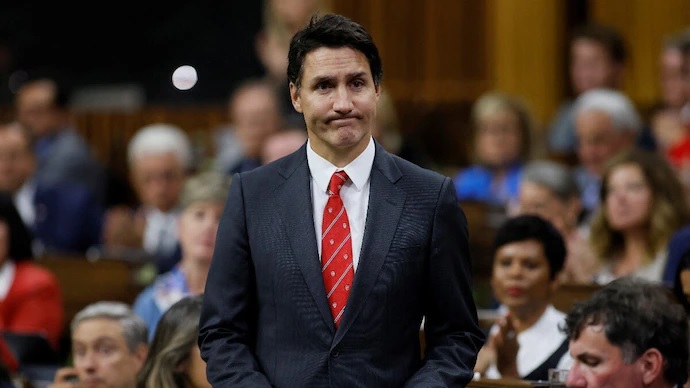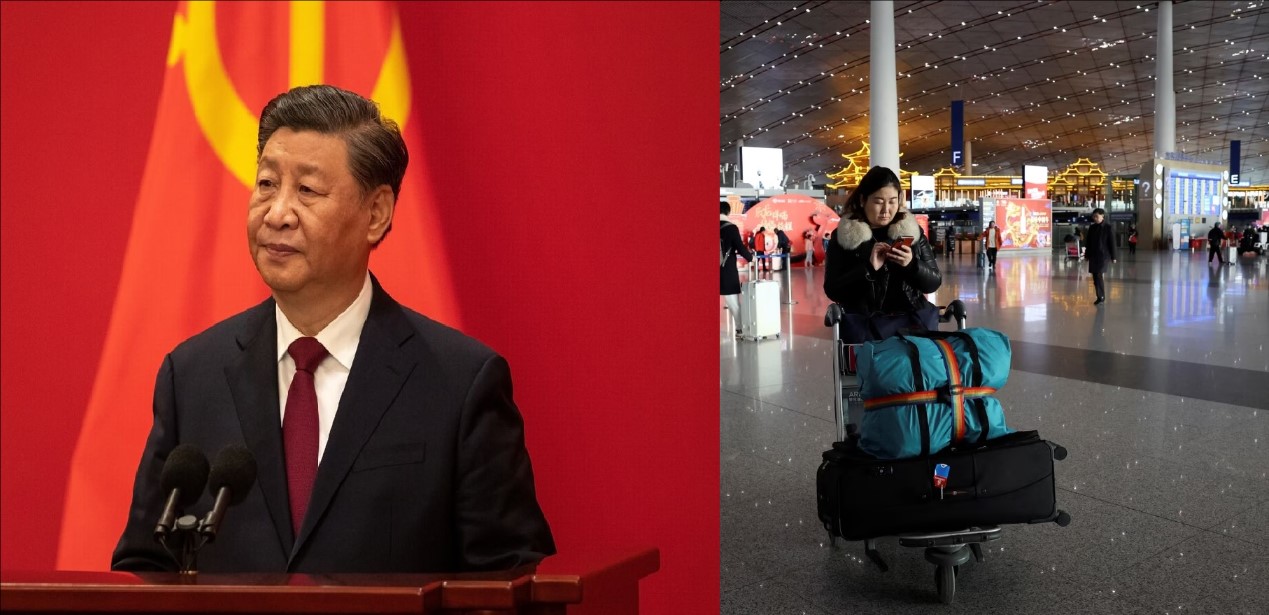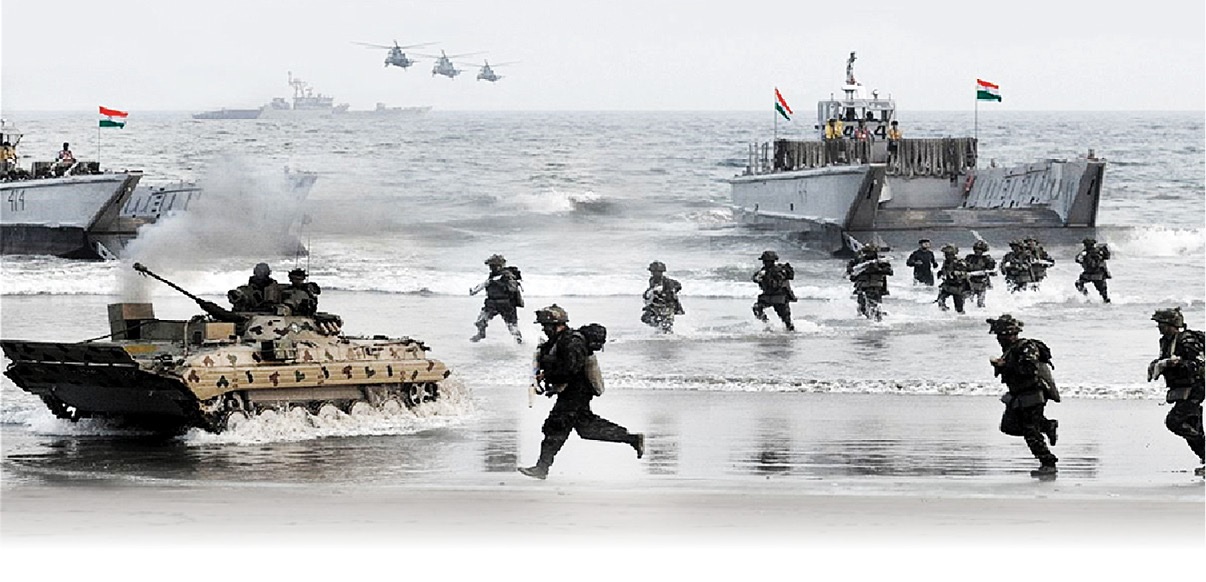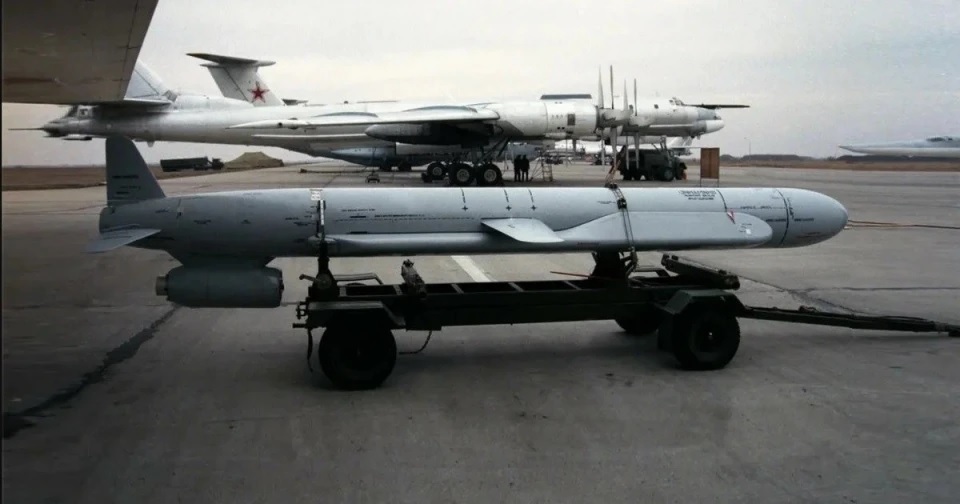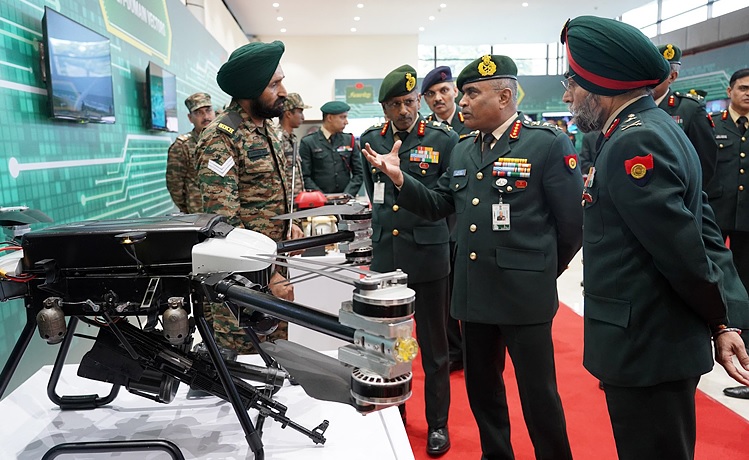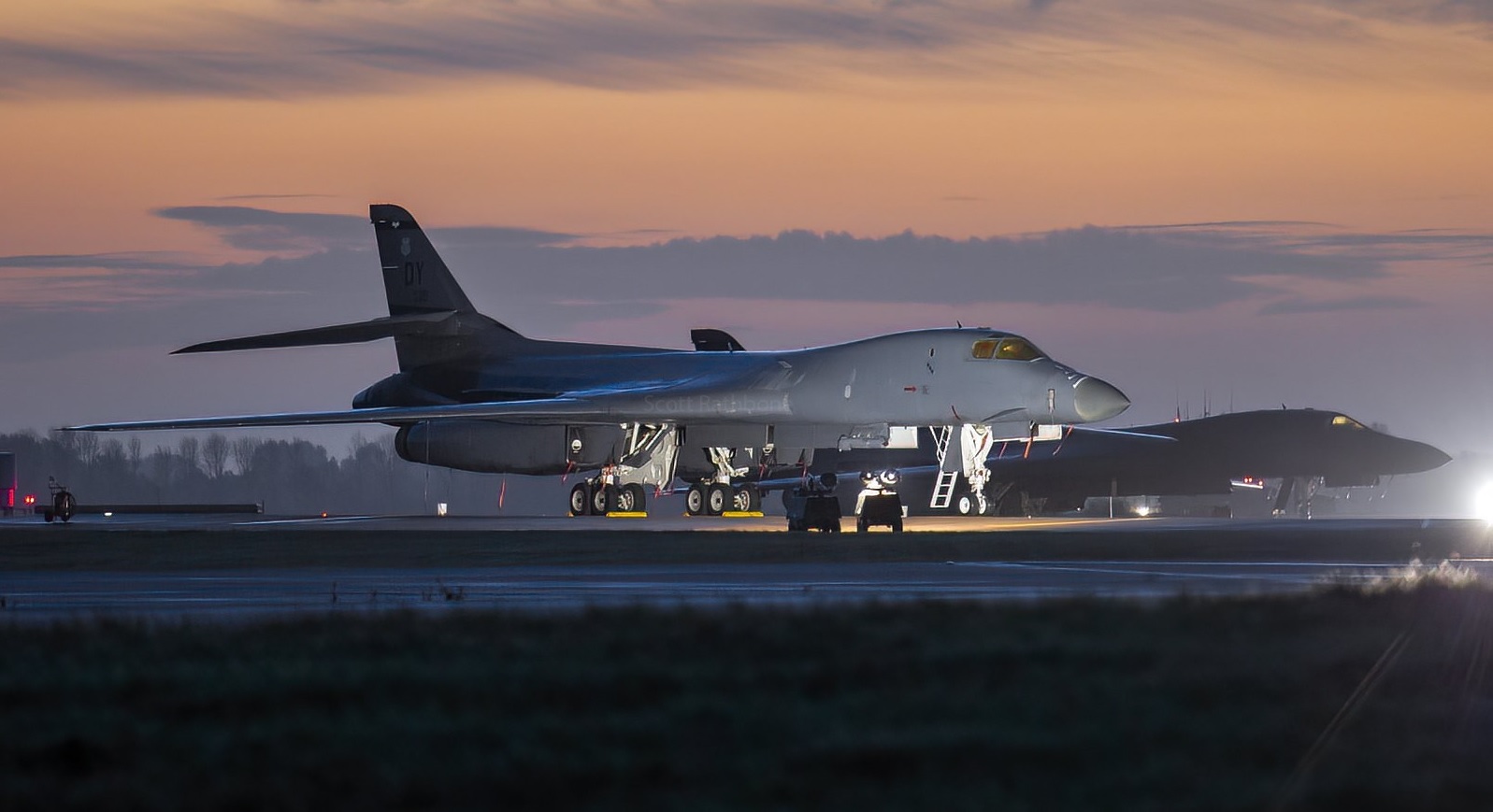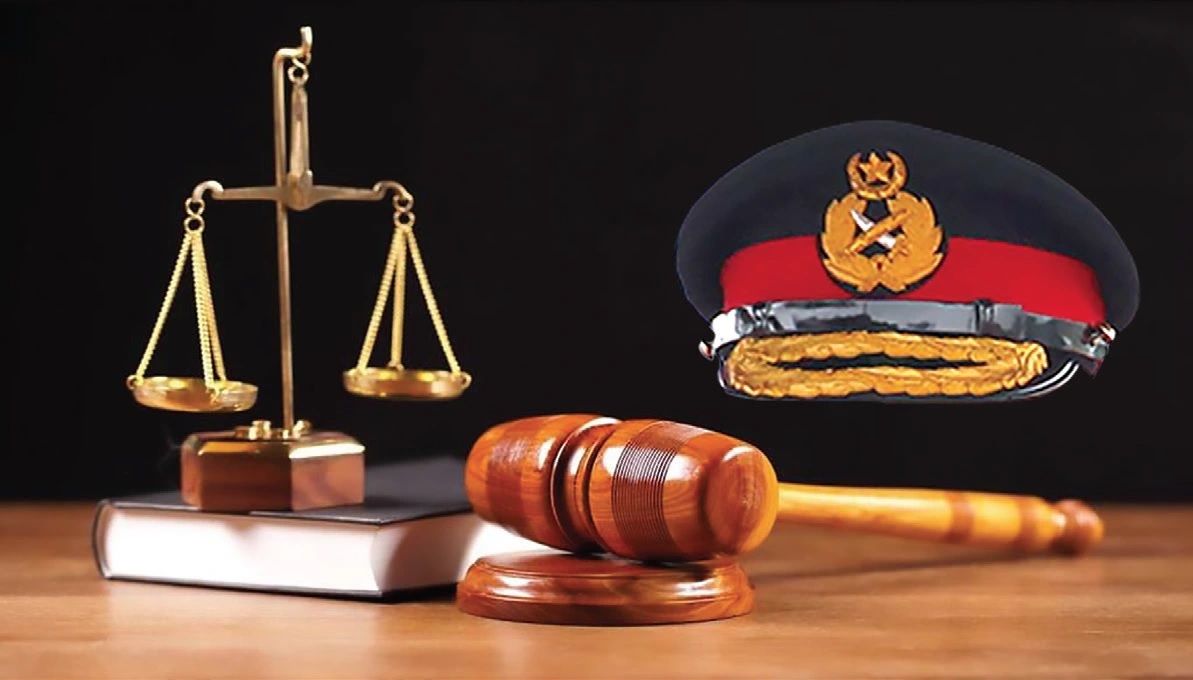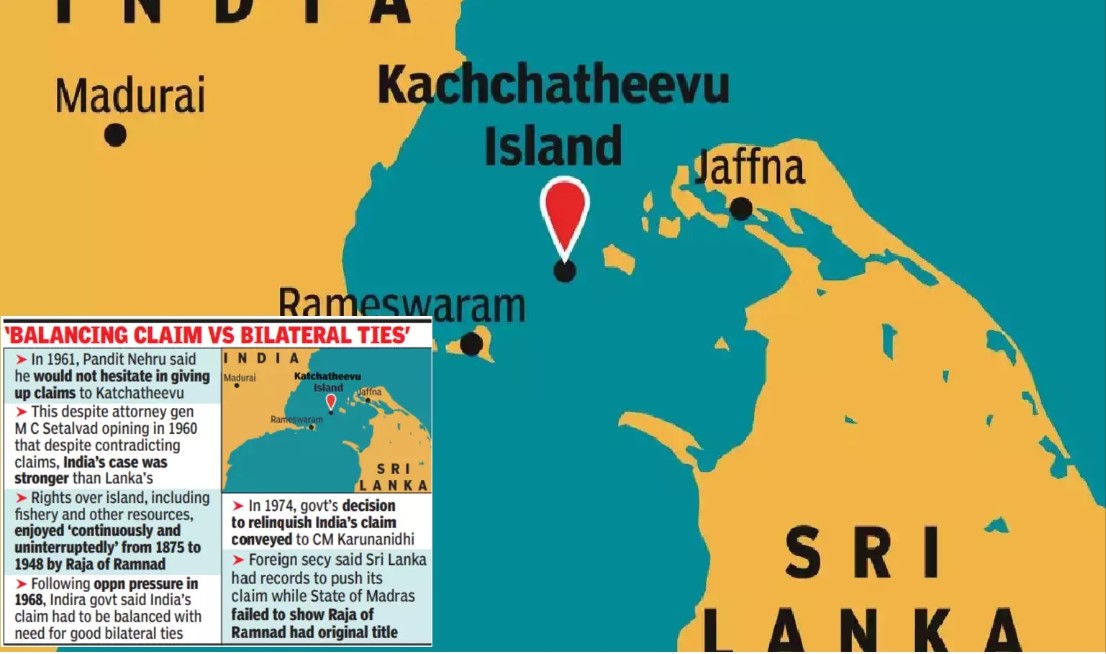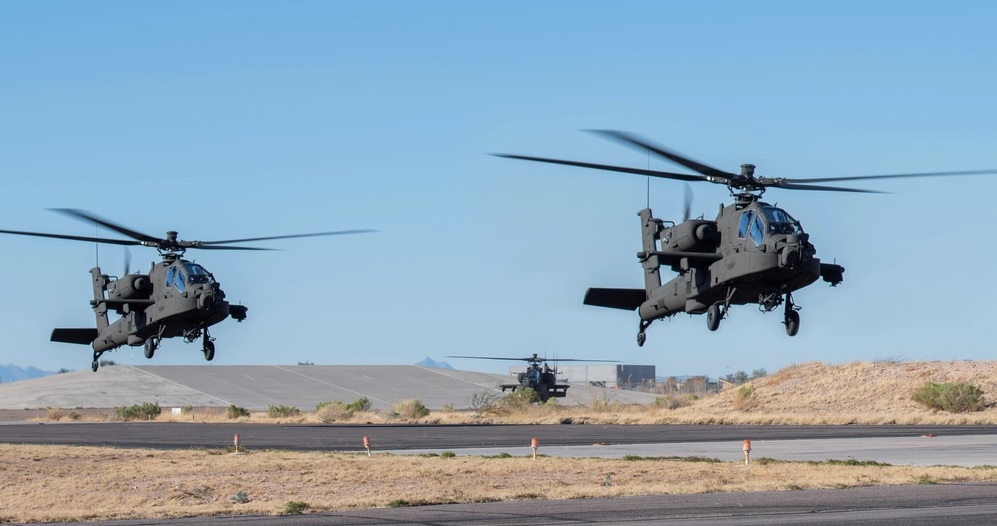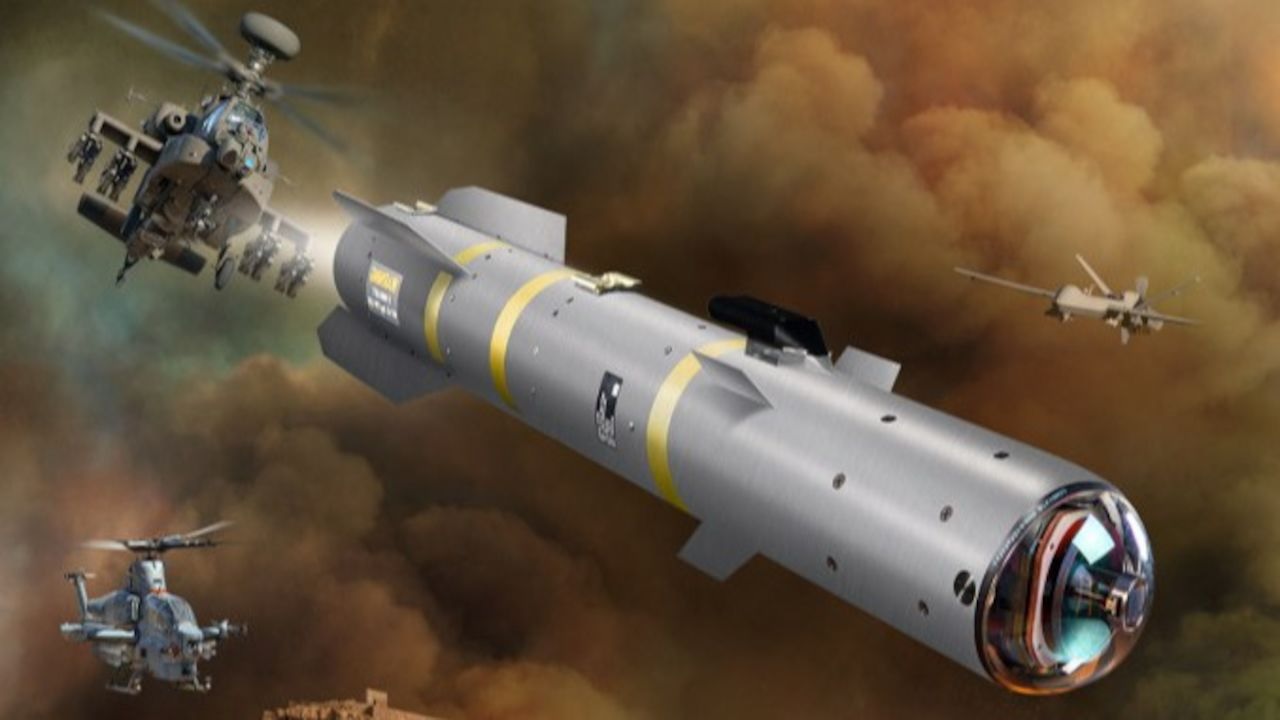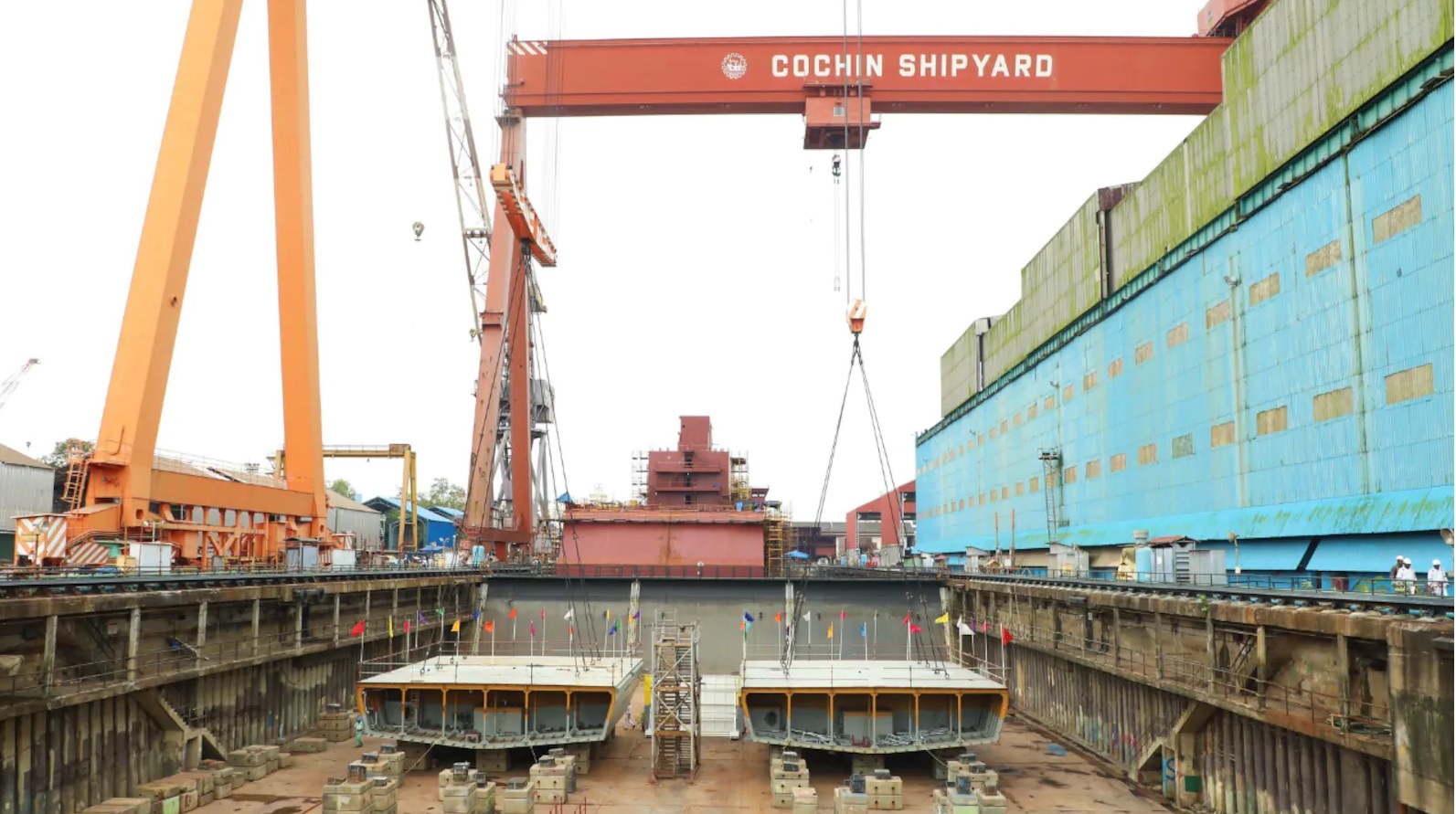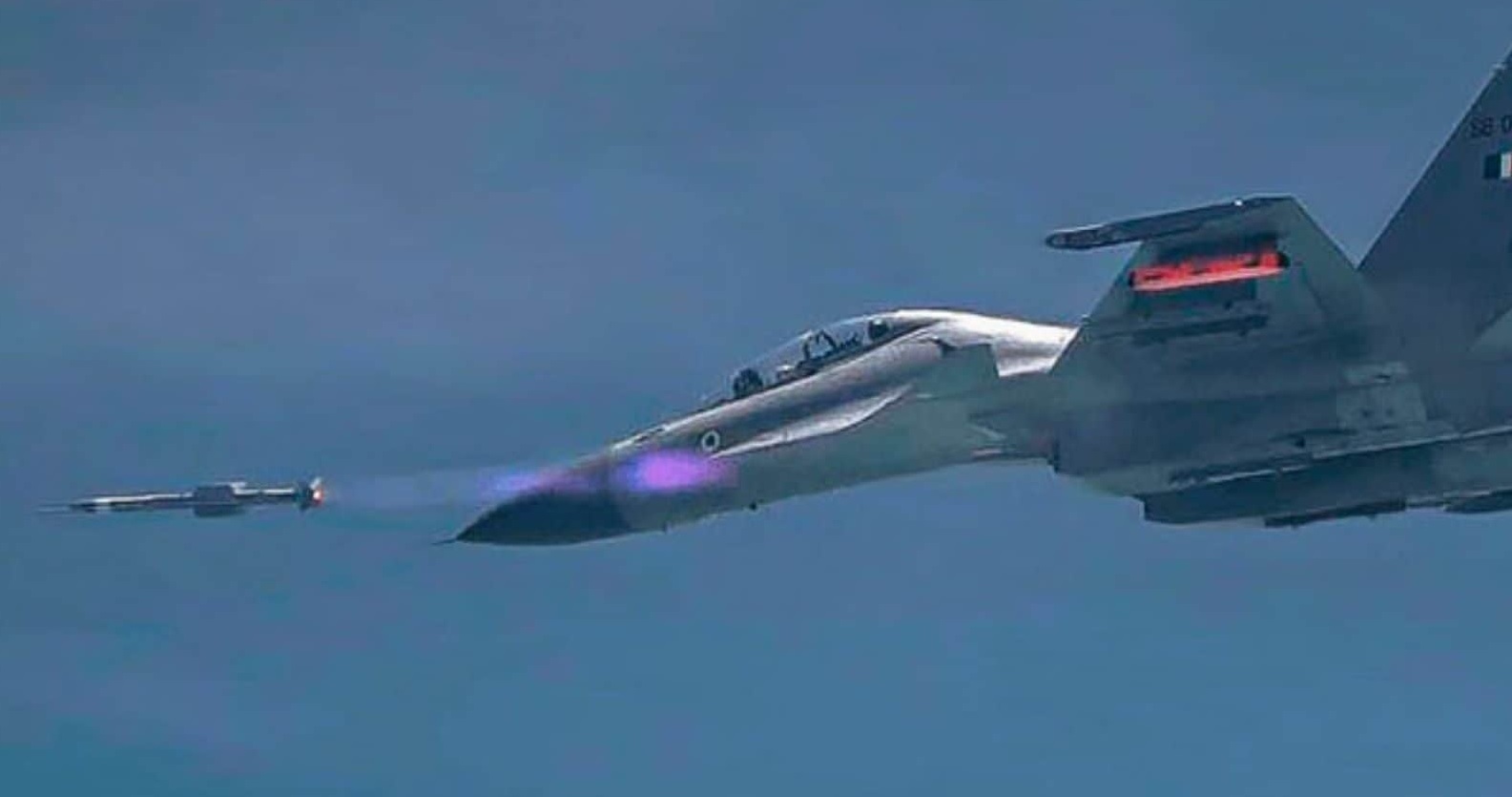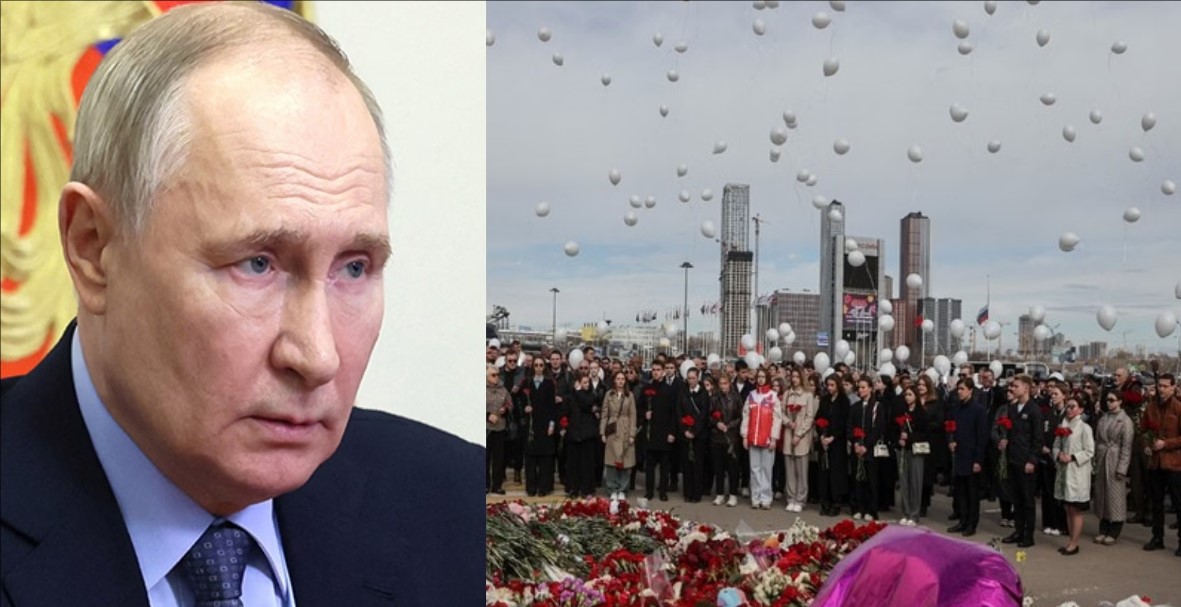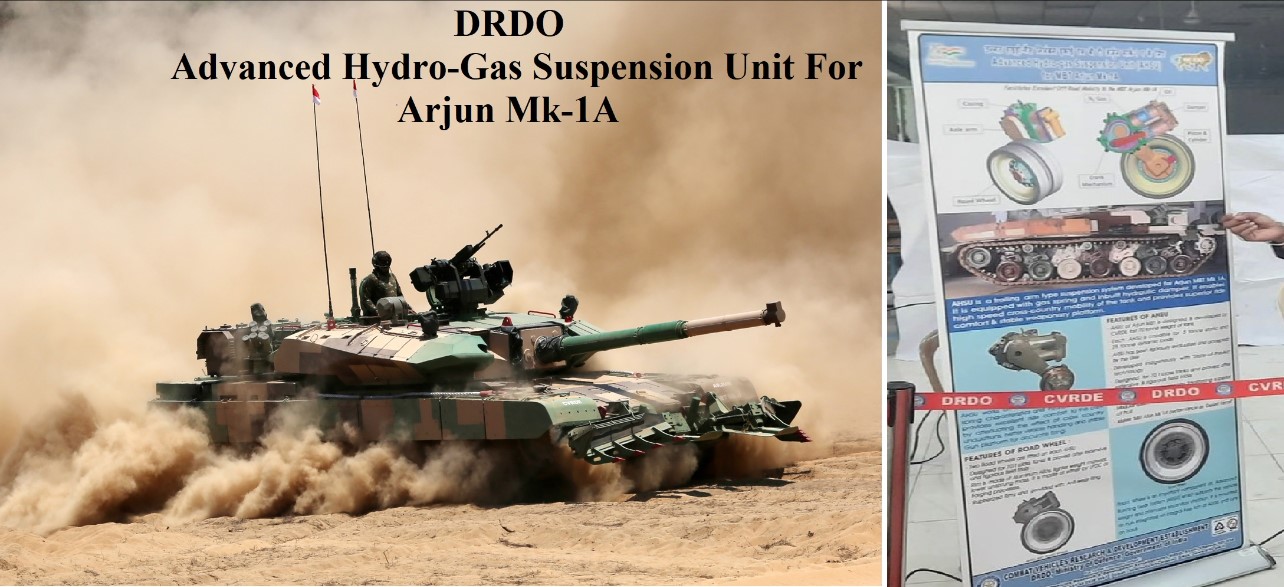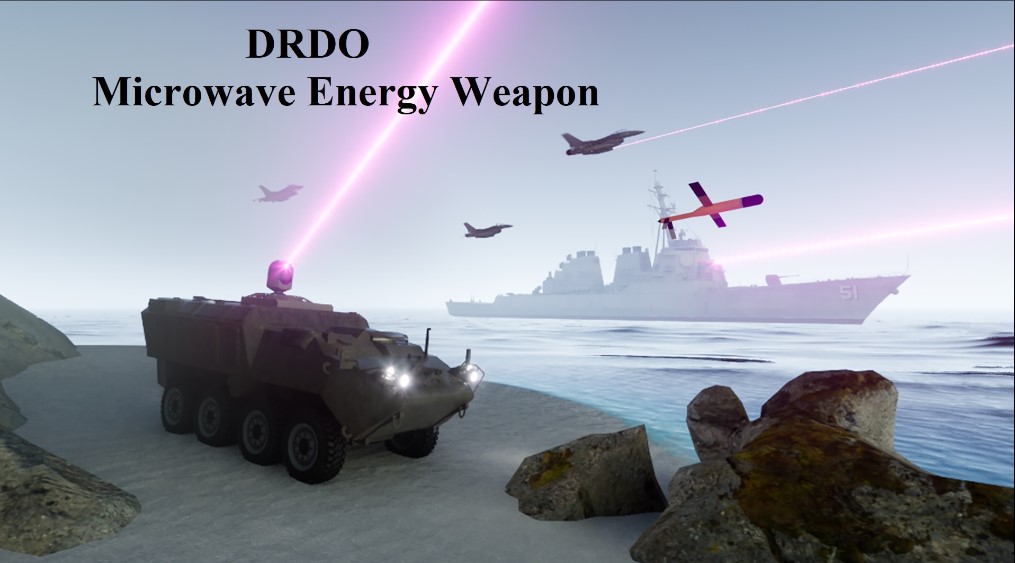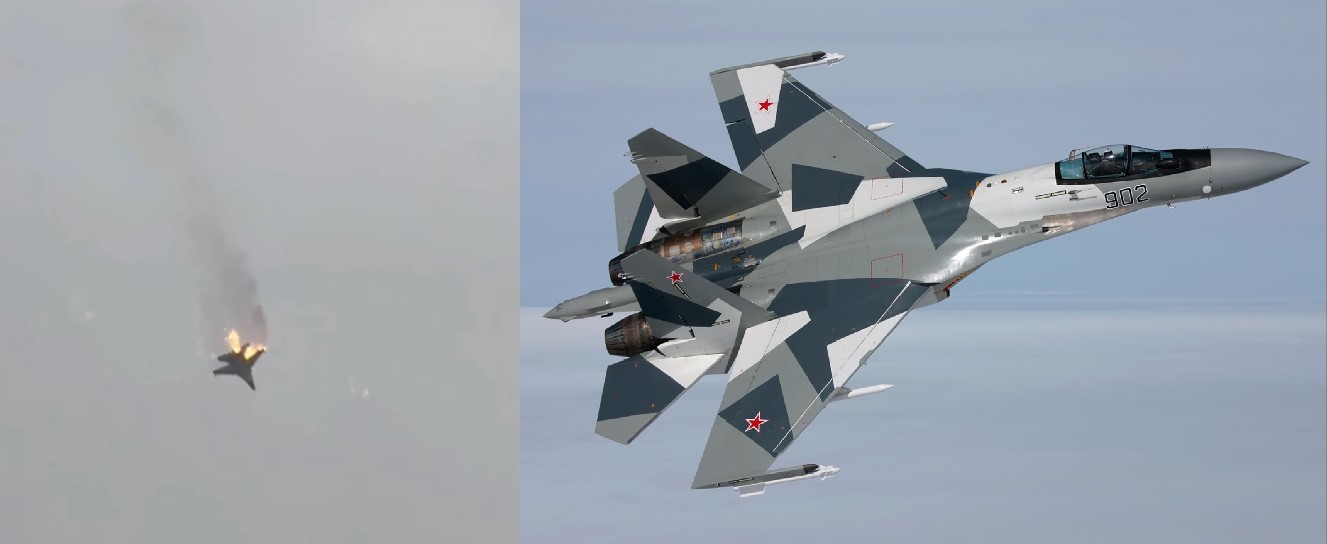India
Defense News ,Bangladesh :- In a recent development highlighting the tensions surrounding India-Bangladesh relations, Bangladesh Prime Minister Sheikh Hasina criticized the opposition party Bangladesh National Party (BNP) for its 'Boycott India' campaign, specifically targeting the issue of Indian sarees. The remarks came amidst escalating political rhetoric between the ruling Awami League (AL) and the BNP.Prime Minister Hasina's rebuke came during a public speech where she questioned the sincerity of BNP leaders advocating for the boycott of Indian products. Hasina pointedly asked how many Indian sarees the wives of these campaigners possessed, suggesting that if they were truly committed to the boycott, they should burn these sarees as a symbolic gesture of their stance.Furthermore, Hasina addressed the prevalence of Indian spices in Bangladesh, challenging the BNP to clarify whether they could sustain themselves without such products. These remarks underscored the broader context of economic ties between the two nations and the complexities of disentangling them from political disagreements.The 'Boycott India' campaign gained traction on social media platforms earlier in the year, following allegations of Indian interference in Bangladesh's internal affairs. This campaign, initiated by the BNP, sought to protest against perceived Indian influence in Bangladeshi politics.In response to Hasina's remarks, a senior joint general secretary of the BNP defended the party's position, stating that BNP leaders generally did not purchase Indian sarees. He cited a personal anecdote regarding a gift of an Indian saree from his maternal uncle long ago, implying that such instances were rare among party members.The exchange between Hasina and the BNP exemplifies the heightened political tensions in Bangladesh, with Indian involvement serving as a focal point for contention. The use of Indian sarees as a symbol in this discourse highlights the intersection of cultural, economic, and political factors in the India-Bangladesh relationship.As the rhetoric intensifies, it underscores the need for both countries to address underlying grievances through diplomatic channels. The complexities of historical ties, economic dependencies, and regional geopolitics necessitate a nuanced approach to managing bilateral relations.Prime Minister Hasina's criticism of the 'Boycott India' campaign reflects the intricacies of Indo-Bangladesh relations and the challenges of navigating political discourse in a deeply interconnected world. The issue of Indian sarees serves as a poignant symbol of these complexities, prompting broader discussions on identity, sovereignty, and mutual respect between nations.
Read More → Posted on 2024-04-01 04:58:46India
Defense News ,India :- Amid escalating tensions along the northern borders, particularly with China, the Indian Army is taking decisive steps to fortify its artillery capabilities. A critical aspect of this strategic endeavor is the impending acquisition of towed gun systems, signaling a significant shift towards indigenous defense solutions.The forthcoming Request for Proposal (RFP) marks a significant milestone in India's defense strategy, emphasizing a steadfast commitment to self-reliance and innovation. At the core of this procurement initiative lies the 155mm/52 calibre Advanced Towed Artillery Gun System (ATAGS), a collaborative effort between the Defence Research and Development Organisation (DRDO), Tata Advanced Systems, and Bharat Forge Limited.The ATAGS is poised to become a pivotal asset, designed to excel in the challenging terrain along the Line of Actual Control (LAC). Its sturdy construction and advanced features promise enhanced firepower and precision, crucial for safeguarding India's territorial integrity in demanding conditions.A key highlight of the ATAGS program is its significant indigenous content, reflecting India's strategic emphasis on self-sufficiency in defense manufacturing. With an impressive 80% indigenous content, the ATAGS not only enhances the Indian Army's artillery capabilities but also fosters the growth of a robust domestic defense ecosystem.The planned induction of 114 ATAGS units represents a substantial enhancement of India's defensive posture, strengthening the Army's ability to respond effectively to emerging threats. Deployed along the LAC, these artillery assets will serve as a potent deterrent, ensuring a rapid and decisive response to any aggression.Furthermore, the ATAGS program offers operational versatility, with the capability to engage targets seamlessly, both day and night. This operational flexibility underscores India's commitment to maintaining a proactive stance in modern warfare.As tensions persist along the northern borders, the proactive measures undertaken by the Indian Army demonstrate a resolute commitment to safeguarding national interests. The ATAGS initiative symbolizes India's determination to secure its borders through indigenous innovation and strategic foresight.The impending acquisition of the ATAGS represents a significant stride in India's quest to bolster its defense capabilities. With a focus on indigenous development and advanced technology, India is poised to reinforce its position as a formidable force, ensuring the protection of its territorial integrity and national security.
Read More → Posted on 2024-03-31 16:35:53World
Defense News ,Canada :- In a compelling plea to Prime Minister Justin Trudeau, the Hindu Forum Canada (HFC) has emphasized the critical importance of keeping Canada free from the glorification of terrorism. The advocacy group, representing a significant segment of Canada's Hindu community, expressed profound concerns regarding the prevailing political discourse surrounding alleged foreign interference, particularly emanating from India. The HFC's letter to Prime Minister Trudeau underscored a palpable sense of unease within the Canadian Hindu community, citing unaddressed safety and security apprehensions amidst ongoing controversies. The group lamented the lack of acknowledgment from Canadian authorities regarding the escalating rhetoric propagated by organizations such as Sikhs for Justice and its leader Gurpatwant Singh Pannun, a designated individual terrorist according to New Delhi.Pannun's provocative anti-India rhetoric and threats, including disruptions to Air India flights, coupled with targeted attacks on Hindu temples and Indian diplomatic missions, have intensified anxieties among Canadian Hindus. The HFC highlighted Prime Minister Trudeau's past statements regarding Indian involvement in domestic matters, which they believe have only emboldened extremist elements further.Moreover, the HFC cautioned against Canada's interference in Indian democracy, urging the government to refrain from making ill-considered statements that could exacerbate tensions. They refuted baseless allegations of Indian interference in Canadian elections while expressing dismay over the misrepresentation of motions like M-112 by MP Sukh Dhaliwal. The motion, which erroneously includes countries like India, China, Russia, and Iran for alleged interference, has stirred dissatisfaction within the Hindu community. HFC emphasized the dangerous precedent set by legitimizing mere allegations without substantial evidence, posing a significant threat to the security and well-being of not only Hindus but the broader Canadian population.As the third-largest religious community in Canada, comprising approximately 2.3% of the population, Canadian Hindus contribute positively to the fabric of Canadian society. However, their concerns regarding safety and the misrepresentation of geopolitical issues demand urgent attention from Canadian authorities.The Hindu Forum Canada's impassioned appeal serves as a poignant reminder of the imperative to uphold principles of safety, security, and respect for all communities within Canada. Prime Minister Trudeau and the Canadian government are urged to heed these concerns earnestly, fostering an environment of inclusivity, understanding, and mutual respect. Failure to address these issues risks perpetuating discord and endangering the harmonious coexistence of diverse communities in the nation.
Read More → Posted on 2024-03-31 16:27:17World
Defense News ,China :- In response to escalating concerns regarding the treatment of Chinese nationals within the United States, the Chinese government has issued a comprehensive travel advisory for its citizens planning visits to the country. The advisory, released through official channels including the Ministry of Foreign Affairs' WeChat account, underscores the importance of being prepared for potential unexpected situations, particularly highlighting instances of unwarranted interrogations and harassment faced by Chinese students and employees at US airports.Recent incidents, such as the deportation of a PhD candidate in biological sciences upon her attempt to re-enter the US for studies, have brought to light the challenges encountered by Chinese nationals during their travels. Reports have detailed invasive body searches, prolonged interrogations, and even solitary confinement, raising serious concerns among the Chinese community and prompting the government to take decisive action.Chinese nationals facing difficulties while in the United States are strongly advised to seek assistance from their embassy or consulate, reaffirming the commitment of the Chinese government to safeguard the well-being of its citizens abroad. The advisory serves as a proactive measure to ensure that travelers are adequately informed and equipped to handle any adverse situations they may encounter during their stay.Amidst these tensions, officials from both China and the United States have expressed a shared desire to promote educational and cultural exchanges, emphasizing the importance of maintaining open channels of communication and collaboration. President Xi Jinping's announcement to invite 50,000 young Americans to study in China over the next five years underscores China's commitment to fostering mutual understanding and cooperation between the two nations.Furthermore, recent discussions between Chinese Education Minister Huai Jinpeng and Stephen Schwarzman, Chairman of Blackstone Group, have highlighted the ongoing efforts to enhance student exchanges and cooperation between top universities in both countries. These initiatives underscore the importance of nurturing long-term relationships and facilitating meaningful exchanges that contribute to the advancement of education and research on a global scale.However, despite these aspirations for collaboration, tensions persist, with Chinese officials condemning what they perceive as a "cold war mentality" and the "weaponization" of academic research by the United States. Such sentiments reflect the broader geopolitical dynamics at play and underscore the challenges inherent in navigating the complex relationship between the two global powers.while the issuance of the travel advisory underscores the current challenges facing Chinese nationals visiting the United States, it also serves as a reminder of the importance of dialogue, cooperation, and mutual respect in overcoming these obstacles and fostering a more harmonious relationship between the two nations. As efforts continue to promote educational and cultural exchanges, it is imperative that both sides remain committed to addressing underlying issues and building bridges that transcend geopolitical tensions.
Read More → Posted on 2024-03-31 16:22:29India
Defense News ,India :- In a significant stride towards enhancing military capabilities and fostering unity among its armed forces, India is on the brink of establishing its first-ever "tri-service common defence station" in Mumbai, as reported by The Indian Express. This transformative initiative underscores India's commitment to integrated military operations and lays the groundwork for the creation of integrated theater commands, a crucial step in bolstering the nation's defense posture.Significance of Tri-Service Common Defence Stations:The establishment of tri-service common defence stations represents a paradigm shift in India's defense strategy. By consolidating logistical operations, infrastructure, maintenance facilities, and supply chains for the Army, Navy, and Air Force, these stations will facilitate seamless collaboration and joint responses during times of crisis. This holistic approach to military operations is essential for maximizing efficiency and optimizing resources across all branches of the armed forces.Mumbai's Role as a Testbed:Mumbai, with its strategic location and bustling metropolis, has been chosen as the site for India's inaugural tri-service common defence station. The city's tri-service station will serve as a testbed for resolving logistical and operational coordination challenges, paving the way for the nationwide rollout of integrated theater commands. With the Navy taking the lead due to its significant presence in Mumbai, the station will consolidate all Army, Navy, and Air Force facilities into a single defense hub.Integration and Collaboration:The integration of Army, Navy, and Air Force facilities in Mumbai will mark a significant milestone in fostering collaboration among the services. Under the leadership of the Navy, the station will streamline administrative processes, infrastructure management, and logistics operations, enabling a unified approach to defense. This integration will not only enhance operational efficiency but also promote interoperability and synergy among India's armed forces.Optimizing Resources and Preventing Redundancy:One of the primary objectives of establishing tri-service common defence stations is to optimize resources and prevent duplication of effort. By consolidating logistics, services, and infrastructure, the stations will create a single system for the delivery of supplies and maintenance services. This centralized approach will eliminate redundancy, improve resource utilization, and enhance the overall effectiveness of India's defense capabilities.Path to Integrated Theater Commands:The establishment of tri-service common defence stations represents a crucial step towards the implementation of integrated theater commands in India. These commands aim to seamlessly integrate assets from the Army, Navy, and Air Force under a unified leadership structure, enhancing the nation's ability to respond swiftly to evolving security challenges. Mumbai's tri-service station will serve as a blueprint for future commands, providing invaluable insights into operational integration and joint military planning.Future Prospects and Expansion:While Mumbai is set to become India's first tri-service common defence station, plans are underway to establish similar facilities in other strategic locations across the country. Sulur, near Coimbatore, and Guwahati are identified as potential sites for future stations, with the Air Force and Army likely to take the lead, respectively. These stations will further strengthen India's defense capabilities and reinforce its commitment to integrated military operations.India's journey towards integrated military operations takes a significant leap forward with the establishment of tri-service common defence stations. By centralizing logistical operations and fostering collaboration among the Army, Navy, and Air Force, these stations lay the foundation for the creation of integrated theater commands. Mumbai's tri-service station exemplifies India's commitment to modernizing its defense infrastructure and enhancing its ability to safeguard national interests in an ever-evolving security environment. As the nation embarks on this transformative path, the establishment of tri-service common defence stations heralds a new era of synergy and effectiveness in India's defense strategy.
Read More → Posted on 2024-03-31 16:08:02World
Defense News ,Russia Ukraine War :- Recent reports indicating Russia's upgrade of the Kh-101 air-launched cruise missile, with enhanced destructive capabilities and dual warheads, have sparked concerns regarding an escalation in the ongoing conflict with Ukraine. These developments, unveiled during a visit by Russian Defense Minister Sergei Shoigu to a missile production plant, raise questions about the true intentions behind this technological advancement. This article delves into the intricacies of the Kh-101 upgrade, analyzes its potential implications on the conflict dynamics, and explores the broader geopolitical context surrounding this controversial development.Enhanced Lethality:The upgraded Kh-101 variant now features two warheads, each weighing approximately 800 kg, marking a significant increase from its previous single warhead configuration of 400 kg. This augmentation in payload capacity is aimed at enhancing the missile's destructive potential, enabling it to inflict greater damage on its targets. However, this enhancement comes at the expense of reduced range, with estimates suggesting a potential decrease from 5,500 km to 2,250 km. Despite this reduction, the missile retains sufficient operational reach to pose a formidable threat to targets within Ukraine's territory.Technical Specifications and Strategic Implications:The incorporation of dual warheads in the Kh-101 missile signifies a strategic shift in Russia's military doctrine, underscoring a willingness to employ more potent weaponry in its operations. The utilization of cubic-shaped penetrating elements in one of the warheads further accentuates the missile's versatility, enabling it to effectively target both personnel and infrastructure assets. The decision to sacrifice range for increased lethality reflects a calculated trade-off, prioritizing the efficacy of strikes over extended operational reach. From a tactical standpoint, the upgraded Kh-101 enhances Russia's capacity to conduct precision strikes against high-value targets, thereby exerting greater pressure on Ukrainian forces.Evaluating Credibility:While the announcement of the Kh-101 upgrade coincides with a period of heightened tensions in the conflict, skepticism persists regarding its authenticity. Independent verification of the upgrade remains elusive, prompting speculation that the revelation could be a part of a broader Russian propaganda campaign. The absence of concrete evidence raises doubts about the veracity of the claims, necessitating a cautious interpretation of the purported advancements in Russian missile technology. Nevertheless, even if the upgrade is validated, its true impact on the conflict dynamics and Ukraine's defensive capabilities remains subject to conjecture.Ukrainian Response and Resilience:Despite the prospect of facing a more formidable adversary, Ukraine has demonstrated resilience in its defense against incoming missile threats. The successful interception of a significant number of missiles throughout the conflict underscores the effectiveness of Ukraine's air defense systems. Moreover, the prospect of further Western support for Ukrainian military capabilities, particularly in the realm of air defense, looms large in response to the perceived escalation in Russian aggression. This solidarity from Western allies serves as a deterrent against potential Russian incursions and bolsters Ukraine's capacity to withstand external pressures.Geopolitical Implications and Path to Resolution:The upgrade of the Kh-101 missile not only underscores the intensification of the conflict between Russia and Ukraine but also exacerbates tensions within the broader geopolitical landscape. The increased lethality of Russian weaponry necessitates a concerted effort by the international community to de-escalate the situation and pursue a peaceful resolution to the conflict. Diplomatic channels must be actively engaged to facilitate dialogue and negotiations between the conflicting parties, with a view towards addressing underlying grievances and fostering regional stability. Additionally, measures aimed at enhancing Ukraine's defensive capabilities and deterring further Russian aggression should be pursued in tandem with diplomatic initiatives.The upgrade of the Kh-101 missile represents a significant development in the ongoing conflict between Russia and Ukraine, with far-reaching implications for regional security and stability. While the veracity of the upgrade remains subject to scrutiny, its potential impact on the conflict dynamics underscores the urgency of addressing underlying tensions through diplomatic means. As the international community grapples with the ramifications of Russia's military advancements, concerted efforts towards de-escalation and conflict resolution are imperative to mitigate the risk of further escalation and pave the way for a peaceful resolution to the crisis.
Read More → Posted on 2024-03-31 15:37:44India
Defense News ,India :- In the ever-evolving landscape of modern warfare, the integration of cutting-edge technology has become paramount for maintaining operational superiority and ensuring national security. In a recent interview with PTI, Lieutenant General Ajai Kumar Singh, the General Officer Commanding-in-Chief of the Southern Command, underscored the significance of technology absorption as a focal point for the Indian Army. With the Southern Command celebrating its 130th Raising Day on April 1, Lt Gen Singh articulated a vision centered around leveraging indigenous innovation, enhancing operational capabilities, and fortifying India's defense manufacturing prowess.Established in 1895, the Southern Command holds the distinction of being the oldest and largest command of the Indian Army, spanning across 11 states and four Union Territories, covering a substantial 41% of India's landmass. This vast expanse provides a fertile ground for testing and validating various weapon platforms, critical defense equipment, and sophisticated ammunition. Lt Gen Singh emphasized the Command's pivotal role as a test bed for trials, highlighting its proximity to industry hubs and extensive network of Field Firing Ranges (FFRs) as catalysts for fostering indigenous defense capabilities.Underpinning the Army's commitment to technological innovation is the declaration of 2024 as the "Year of Technology Absorption." Lt Gen Singh delineated how this thematic emphasis underscores the Army's resolve to harness technology as a catalyst for transformative change. By harnessing in-house expertise and fostering collaboration with the domestic defense industry, the Southern Command aims to spearhead initiatives aimed at bolstering self-sufficiency in defense manufacturing.A cornerstone of this endeavor is the seamless integration of indigenous innovations into the Army's operational framework. Seven innovations originating from the Southern Command have been earmarked for pan-army implementation, with technology transfer to industrial partners facilitating domestic production. These strides signify a paradigm shift towards self-reliance and indigenous excellence, aligning with the overarching vision of an Atmanirbhar Bharat.To facilitate synergies between industry stakeholders and the defense establishment, the Southern Command has been actively engaged in fostering collaboration through state-wise seminars-cum-exhibitions. These events serve as platforms for dialogue, knowledge exchange, and forging strategic partnerships. With participation from over 150 industries, these initiatives underscore the burgeoning momentum towards indigenization and technology absorption.Maharashtra's inaugural Defense Expo for Micro, Small, and Medium Enterprises (MSMEs) exemplifies the collaborative ethos underpinning India's defense ecosystem. By showcasing indigenous equipment and systems such as the T-90 tank, BMP Mk-II amphibious infantry fighting vehicle, and advanced artillery systems, the Southern Command epitomizes the spirit of innovation and self-reliance ingrained within the Indian armed forces.The induction of state-of-the-art Apache AH-64E helicopters heralds a new era in aerial warfare capabilities for the Indian Army. With the first medium lift attack helicopter squadron in the Southern Command region, equipped with these advanced platforms, the Army is poised to enhance its operational reach and aerial strike capabilities in the western sector. These helicopters, renowned for their versatility and adaptability to diverse terrain and weather conditions, epitomize the Army's quest for operational excellence.Military diplomacy, the Southern Command serves as a beacon of collaboration and cooperation with friendly foreign countries. Through bilateral joint exercises, training programs, and engagement initiatives, the Indian Army strengthens its ties with over 100 countries, fostering mutual understanding and enhancing interoperability. Joint exercises with nations such as France, USA, Russia, and Japan underscore India's commitment to regional stability and collective security.The Southern Command's legacy of service extends beyond its borders, encompassing pivotal roles in historical milestones such as the merger of Junagarh and Hyderabad into the Indian Union and the liberation of Goa and Diu. Operations like 'Pawan' in Sri Lanka underscore the Command's commitment to regional stability and humanitarian assistance, exemplifying its role as a responsible global stakeholder.The Southern Command remains steadfast in its commitment to technological innovation, operational excellence, and collaborative engagement. As India's foremost bastion of defense, it stands poised to navigate the complexities of modern warfare, leveraging indigenous ingenuity and strategic partnerships to safeguard the nation's interests. In the pursuit of a secure and self-reliant future, technology absorption emerges as the linchpin of the Army's strategic imperatives, underpinning its journey towards excellence on the battlefield and beyond.
Read More → Posted on 2024-03-31 15:28:24World
Defense News ,U.S , Europe :- In a significant display of commitment to regional security, the U.S. Air Force has completed the deployment of Bomber Task Force (BTF) 24-2, bringing a total of four B-1B Lancers to Morón Air Base in Spain on March 26th, 2024. These powerful bombers, originating from Dyess Air Force Base in Texas, traversed the Barents Sea en route to their European station, adhering strictly to international law and airspace regulations.General James Hecker, commanding U.S. Air Forces in Europe – Air Forces Africa and NATO Allied Air Command, underscored the strategic importance of this deployment. "Our ability to navigate strategic bombers through the Arctic and position them in Europe is crucial in assuring our Allies and partners of our steadfast commitment to regional stability," he emphasized. He also stressed the necessity for an agile and proactive approach in today's complex security landscape.This deployment, integrated within the framework of Large Scale Global Exercise 2024, serves as a testament to the United States' dedication to fostering cooperation with its NATO allies and partners. Under the codename Allied Spirit 24, BTF 24-2 aims to enhance interoperability and collaboration across diverse military systems and platforms.The arrival of the B-1B Lancers in Europe not only bolsters U.S. airpower but also contributes significantly to the collective defense posture of the region. Capable of carrying a formidable payload of conventional and nuclear weapons, these supersonic heavy bombers exemplify America's unwavering commitment to deterring potential adversaries and ensuring the security and stability of its European partners.Through dynamic force employment and strategic predictability, the U.S. Air Force, in coordination with its Allies and partners, seeks to provide reassurance while simultaneously introducing operational unpredictability to potential adversaries. This deployment underscores the United States' role as a steadfast guarantor of European security and underscores its commitment to upholding the principles of collective defense and shared prosperity.
Read More → Posted on 2024-03-31 15:20:21India
Defense News ,India :- An Army General Court Martial (GCM) has recommended the acquittal of a retired Subedar who was facing trial over allegations of mishandling sensitive information during his tenure as a Junior Commissioned Officer (JCO).The case dates back to the years 2020-21 when the Subedar, serving as the Head Clerk, was accused of failing to safeguard documents containing sensitive information. Allegations were made under the provisions of the Official Secrets Act, asserting that the Subedar had not exercised due diligence in protecting these documents.It was claimed that the leakage of information occurred within an Army formation allegedly due to the negligence of soldiers under the Subedar's supervision. Consequently, he was also charged under Section 63 of the Army Act for purportedly failing to adequately supervise the handling of sensitive information, which led to its unauthorized disclosure.Although the Subedar had retired from the Army in October 2021, disciplinary action against him continued as per the provisions of Section 123 of the Army Act.The GCM convened on January 4, 2024, and after examining eight prosecution witnesses, it was concluded that there was insufficient evidence to substantiate the charges against the Subedar. His legal counsel, Advocate Akshit Anand, emphasized that there was no proof indicating the Subedar's direct involvement or negligence in the matter. Anand highlighted that the court did not find any evidence suggesting that the Subedar had failed to supervise the handling of the documents in question."This case exemplifies a situation where a retired JCO was unjustly charged under the Official Secrets Act and Army Act Section 63 without substantial evidence. The GCM's decision to acquit the Subedar rightly upholds the principles of justice," remarked Advocate Anand.Following this decision, it is anticipated that further trials may be conducted in related matters. However, the recommendation of the GCM, led by a Colonel, is subject to confirmation by higher authorities within the military.The acquittal of the retired Subedar underscores the importance of thorough examination of evidence in legal proceedings, ensuring that justice prevails.
Read More → Posted on 2024-03-31 15:13:09India
Defense News ,India ,Srilanka :- In the azure waters of the Palk Strait lies an islet that, despite its small size, has become a symbol of enduring tensions between two neighboring nations – India and Sri Lanka. Katchatheevu, once considered inconsequential, has now emerged as a focal point of contention, drawing attention to historical decisions with lasting repercussions.A recent revelation stemming from a Right to Information (RTI) application filed by Tamil Nadu BJP chief K. Annamalai has unearthed a trove of documents shedding light on the intricate history and India's shifting stance regarding the sovereignty of Katchatheevu. These documents not only reveal the complex legal and geopolitical landscape surrounding the island but also highlight the plight of Tamil Nadu's fishermen caught in the crossfire of maritime disputes.The Disputed Past:Katchatheevu, spanning a mere 285 acres, holds strategic significance owing to its location amidst rich fishing grounds. Sri Lanka's claim to the island traces back to historical documents and agreements, asserting its association with the erstwhile Jaffna Kingdom. However, India's position has been marked by ambiguity. Initially considered Indian territory, the decision by Prime Minister Indira Gandhi's government to relinquish sovereignty over Katchatheevu in the 1974 Indo-Sri Lankan Maritime Boundary Agreement sparked controversy.The Fallout: Tamil Nadu's Concerns:The ramifications of the 1974 agreement continue to reverberate, particularly within the Indian state of Tamil Nadu, which shares deep cultural ties with Sri Lanka's Tamil population. Tamil Nadu fishermen frequently face harassment and detention by Sri Lankan authorities near the disputed waters surrounding Katchatheevu, exacerbating tensions and highlighting the human cost of geopolitical decisions.The RTI Revelation:Annamalai's RTI application has brought to the fore previously undisclosed documents, challenging the narrative surrounding India's decision to cede sovereignty over Katchatheevu. These documents suggest that the strategic importance of the island may have been downplayed, overlooking the impact on Tamil Nadu's fishing community. The revelation reignites debates on sovereignty, past geopolitical calculations, and the ongoing struggles faced by fishermen.Delving into the Details:The documents obtained through the RTI application provide a comprehensive insight into India's deliberations on Katchatheevu over the years. From Jawaharlal Nehru's dismissal of the island's significance to the nuanced legal arguments presented by experts, the records paint a picture of indecision and missed opportunities.Nehru's stance, captured in a minute dated May 10, 1961, reflects a lack of concern regarding Katchatheevu's importance, echoing sentiments of insignificance. However, behind the scenes, legal experts such as M C Setalvad recognized India's stronger claim to the island, citing historical precedents and rights vested in the State of Madras.The documents reveal a tug-of-war between conflicting opinions within the Ministry of External Affairs, with some acknowledging India's legal standing while others cautioning against the risks of confrontation with Sri Lanka. Despite assertions of sovereignty and legal rights, India's eventual decision to accede to Sri Lanka's claim in 1974 underscored a diplomatic compromise driven by a myriad of internal and external factors.Geopolitical Implications:Beyond the confines of Katchatheevu, the dispute encapsulates broader geopolitical dynamics in the Indian Ocean region. Sri Lanka's growing alignment with China poses a strategic dilemma for India, necessitating a recalibration of its approach towards maritime boundaries and regional alliances. India's response to the Katchatheevu issue may signal a shift towards a more assertive posture in safeguarding its interests in the face of evolving geopolitical realities.The Way Forward:The resurgence of the Katchatheevu issue serves as a poignant reminder of the intricacies inherent in maritime disputes and the enduring impact of historical decisions. As India grapples with the complexities of its maritime boundaries and regional dynamics, it must prioritize the welfare of its fishing communities while safeguarding its strategic interests.The saga of Katchatheevu epitomizes the intersection of history, geopolitics, and human livelihoods. As new revelations come to light, it is imperative for India to reflect on past decisions and chart a course that upholds its sovereignty, protects its citizens, and fosters stable relations with its neighbors. Only through dialogue, diplomacy, and a commitment to justice can the ghosts of Katchatheevu be laid to rest, paving the way for a more peaceful and prosperous future in the Indian Ocean region.
Read More → Posted on 2024-03-31 14:46:52India
Defense News ,India :- The recent addition of Apache helicopters to the Indian Army's arsenal is poised to significantly enhance its operational capabilities, particularly in the western sector, according to a senior Army official. Lt Gen A K Singh, speaking exclusively to PTI, underscored the pivotal role these helicopters will play in extending the Army's reach and striking power.The establishment of the first medium lift attack helicopter squadron under the Southern Command on March 15 marked a notable milestone. Equipped with top-of-the-line Apache AH-64E helicopters from Boeing, this squadron is set to be a game-changer.With six helicopters slated for delivery in two phases, Lt Gen Singh highlighted their versatility in operating across diverse weather and terrain conditions along India's borders. These helicopters are armed with a range of weaponry, including anti-tank guided missiles, air-to-air missiles, rockets, and gun systems, making them formidable assets in combat situations.Moreover, the Apache helicopters are equipped with advanced electronic warfare systems, enhancing their effectiveness in network-centric warfare scenarios. Their radar systems enable them to detect and engage targets even in challenging environments such as forests and adverse weather conditions.India's acquisition of the Apache helicopters marks a significant milestone, making it the 16th nation to integrate these advanced machines into its military inventory. This development signifies a substantial enhancement in the Indian Army's operational capabilities, further bolstering the nation's defense infrastructure in the western sector.The induction of Apache helicopters represents a strategic investment that will greatly enhance the Indian Army's operational readiness and defensive capabilities, particularly in regions where potential border tensions exist.
Read More → Posted on 2024-03-31 14:30:31World
Defense News ,Europe :- Lockheed Martin has secured a significant contract from the United States Department of Defense (DoD) for the production of a fresh batch of AGM-114R2 Hellfire air-to-ground missiles, marking a substantial investment of approximately USD 483.5 million. The agreement emphasizes the continuous enhancement of these potent weapons and their expanding presence within European defense inventories.While the precise quantity of missiles ordered has not been disclosed, the official announcement confirms deliveries to the U.S. Army alongside three European nations: the Czech Republic, France, and Poland. These countries intend to integrate the Hellfire missiles into their respective attack helicopter fleets – the AH-1Z Viper for the Czech Republic, the Tiger HAD for France, and the AW149 for Poland. Notably, France will also be capable of equipping its MQ-9 Reaper drones with these missiles.The Hellfire missile holds a prominent position in contemporary warfare, renowned for its precision targeting and anti-tank capabilities. This new production agreement bolsters the military capacities of the European recipients, particularly in the face of potential regional threats. It further highlights the ongoing collaboration between the U.S. and its European allies in defense equipment and technology.This contract arrives amidst ongoing discussions surrounding European defense autonomy. While certain European nations advocate for the development of a more independent military-industrial complex, the Hellfire deal underscores the sustained importance of transatlantic cooperation in defense procurement.
Read More → Posted on 2024-03-31 14:22:30Secrets/Mystery
Mystery News ,World :- Picture a scene cloaked in secrecy and intrigue: figures draped in flowing black robes, their heads adorned with enigmatic caps, encircle a blazing fire at the heart of a dimly lit clearing. The air reverberates with the haunting strains of ancient melodies, while whispered incantations in Latin echo through the night. Such is the evocative imagery that springs to mind at the mere mention of secret societies or clandestine organizations.In this enigmatic tableau, every detail holds significance: the flickering flames casting dancing shadows upon the gathered assembly, the arcane symbols etched into the earth, and the rhythmic cadence of the ceremonial chants. It is a scene steeped in mystery—a glimpse into a world veiled from the prying eyes of the uninitiated, where esoteric knowledge and hidden truths lie concealed beneath layers of symbolism and ritual.Yet, beyond the theatricality of the spectacle lies a deeper allure—a tantalizing invitation to peer beyond the veil of the ordinary and explore the realms of the extraordinary. For in the realm of secret societies and intelligence organizations, reality often blurs with myth, and truth intertwines with legend. It is a domain where whispers of conspiracy and whispers of power converge, where the boundaries between fact and fiction blur, and where the quest for enlightenment becomes entwined with the quest for power.Join us as we embark on a journey into the shadows, where ancient rites and modern mysteries converge—a journey that will lead us deep into the heart of clandestine cabals and enigmatic orders, where secrets are whispered and truths are obscured. Welcome to the world of secret societies—a realm of intrigue, power, and mystery, where the line between reality and myth is forever blurred, and where the search for truth may lead us down paths we never dared to tread.A simple internet search for 'Secret Societies' inevitably leads to one name: the Illuminati. This clandestine organization has permeated not only our digital landscape but also popular culture, appearing frequently in films, books, and intelligence narratives. According to various conspiracy theories, the Illuminati stands as one of the most ominous organizations in the world, with purported members including renowned figures like Bill Gates and Oprah Winfrey. These theories suggest that the Illuminati wields unparalleled influence, allegedly orchestrating significant events such as the assassination of American President J.F. Kennedy and instigating wars between nations, even toppling governments. However, the veracity of these claims remains a subject of debate.In historical context, the Illuminati did indeed exist, founded in 18th-century Bavaria by Adam Weishaupt, a disillusioned academic seeking to challenge prevailing religious and political norms. The organization operated under a shroud of secrecy, with members bound by clandestine rules and oaths of allegiance. Despite the controversies and conspiracies surrounding its legacy, delving into the history and workings of the Illuminati unveils a captivating narrative of intrigue and mystery. How was Illuminati formed? The story begins from the year 1748. There used to be a state in Central Europe, Bavaria. Adam Weishaupt was born in a city named Engelstad in Bavaria. Weishaupt's ancestors were Jewish and later converted to Christianity. Adam Weishaupt was interested in religion and religious law. Therefore, when he grew up, he became a professor of religious law at the University of England. Weishaupt had a problem. That is, he himself was not a priest. Whereas the administration of the university was run by the priests. He is also not a common priest. Rather, all of them were part of the Jesuits, a special sect of the Roman Catholic Church. The Jesuits order was founded in the 16th century. And their job was to propagate Christianity throughout the world. For trivia, let us tell you that in the year 1580, two priests of the Jesuit Order had reached the court of Mughal Emperor Akbar. Akbar was not only happy with him but also gave him permission to build a church in Lahore. Anyway, let's move on to the story.In the middle of the 18th century the stars of the Jesuit order were in disarray. Reason: Wherever European countries had colonies. All work there was done through exploitation and slavery. Slaves were kept in bad conditions. The Jesuits were not against slavery, but advocated better treatment of slaves. This was against the interests of the European empires. Therefore, to control the Jesuit priests, restrictions were imposed on them. The Jesuits were in danger. Therefore, they looked with suspicion on all those who were not part of their order. Adam Weishaupt was also not a part of the Jesuits. Therefore an attempt was made to suppress that also. Angered by this, Weishaupt started searching for other such organizations. Where his thoughts get freedom.Weishaupt wanted changes in religious laws and practices. He believed that religion should go hand in hand with science. He needed companions to promote these ideas. So he tried to join a community called Freemasons. The Freemasons were a community of free-thinking people. Whose members used to discuss philosophy and religion. The Freemasons are one of the oldest organizations in the world. And continued to exist even in the 21st century. Actually, Swami Vivekananda was also associated with this community in his early days. Freemasons were people with liberal views. But he did not have enough revolutionary thinking. At least Adam Weishaupt believed so. Therefore he decided that he would form his own separate organization.What were the rules of Illuminati? Date of 1 May 1776. In the dark of night, Weishaupt and four of his students gathered in a forest near Inglostad. These five people bathed in torchlight took the pledge. The pledge is that they will keep their organization secret and will not reveal their identity to anyone. They kept their intelligence names and named their organization Illuminati. Some rules of the organization were decided. For example, no person above 30 years of age could become a member of the organization. He also made an owl the symbol of his Illuminati. In Roman tradition, the owl is an assistant to Minerva, the goddess of wisdom. Therefore it is considered a symbol of knowledge, wisdom and justice.With the beginning of Illuminati it soon started spreading. Its members behaved like spies. And they used to infiltrate other organizations like Freemasons and recruit their members. There was also a system for recruiting. Whenever you have heard the name of Illuminati. Must have seen a picture with him. A pyramid with an eye on top. This pyramid reflects the structure of the Illuminati. There were 13 levels of membership in the Illuminati which were divided into three classes.The lowest floor belonged to those people who were associated with new organizations. These were called Mineralwal. Only after becoming members, these people could take orders from the leader. And could attend group meetings. Mineral class was divided into four parts. 1. Initiate 2. Novice 3. Minerval 4. Illuminatus Miner After Mineralwal came the second floor. Their job was to recruit new members and make them aware of the methods of the group. There were five types of members in this class. 5. Apprentice 6. Fellow 7. Master 8. Illuminatus Major 9. Illuminatus DerigenceThe third and uppermost stage was that of the most powerful people of the group. These were the people who directed the activities of the group. There were different stages in these also 10. Priest 11. Prince 12. Magus 13. King What did the Illuminati do?As mentioned earlier, these people were liberals. Which is called liberal in English language. He was an advocate of reforms in power. And wanted people to give priority to logical thoughts instead of religious books. Broadly speaking, he wanted to bring change in the society. Could he do this? The answer is no. Initially Illuminati was successful. Within a few years the number of its members increased from 5 to 2500. The year 1777 was the best year for the Illuminati. That year Charles Theodore became king of Bavaria. Who himself was a supporter of liberalism. He tried to change. But soon the nobles of Bavaria stood against him. So Charles Theodore had to retreat. With this the countdown of Illuminati also started. Raids started on the organization's hideouts. The government got many intelligence documents of the organization from these locations. According to whom the Illuminati really aspired to rule the world and control the world. Adam Weishaupt had given himself the status of king of the organization. And he used to call himself Spartacus. When all these things came out, the Duke of Engelstad banned the Illuminati. And Adam Weishaupt was deported. It is believed that after this the Illuminati was completely destroyed. However, not everyone believes so.Many people believe that the Illuminati continued even after this. In the year 1797, John Robinson, a respected man from Bavaria, wrote a report on the Illuminati. According to which its members joined the Freemasons and Jacobins. And here too he infiltrated his ideas. The name of Illuminati remained alive due to its association with the Jacobins. Because the Jacobins were a political club of France, which played an important role in carrying out the French Revolution. From here the name of Illuminati became a myth. Because it began to be believed that an organization that could bring about a revolution in a powerful empire like France could do so elsewhere too. In the year 1798, the ghost of Illuminati also reached America, when American President George Washington mentioned the danger of Illuminati in a letter, even America's third President Thomas Jefferson was accused of being a member of Illuminati. The story of Illuminati did not end here. Even in the 21st century, there are many people who believe that the Illuminati is still alive. And its powerful members control the world from behind the scenes. We would say that Illuminati is a myth, which used to be the name of a small organization in the 18th century. But then it doesn't matter if we say so. Because those who believe in Illuminati, they also believe that a member of Illuminati would say such a thing.While the Illuminati garners much attention, it's essential to acknowledge the existence of other secretive organizations like the CIA, KGB, RAW and others. These clandestine entities employ covert tactics and clandestine weaponry to neutralize perceived threats to their agendas. Delving into their operations unveils a world of intrigue and espionage, where hidden agendas and clandestine operations shape the course of history. Explore further on our Channel to uncover the clandestine world of secret organizations and their enigmatic methods of maintaining control.
Read More → Posted on 2024-03-31 08:03:56India
Defense News ,India :- Hindustan Shipyard Limited (HSL) has embarked on a substantial infrastructure upgrade initiative, partnering with Larsen & Toubro Geostructure (L&T Geostructure) to bolster its shipbuilding prowess. This move, announced on March 30, 2024, underscores HSL's commitment to advancing India's maritime capabilities.The 20-month project is geared towards revamping HSL's infrastructure to handle larger and more intricate shipbuilding projects, particularly in the realm of warships. A key component of this upgrade is the installation of a cutting-edge 300-ton Goliath crane, set to significantly augment HSL's lifting capacity. This enhancement is crucial for undertaking future endeavors, including the construction of Landing Platform Docks (LPDs) and other advanced warships.By partnering with L&T Geostructure, HSL aims to position itself as a frontrunner in India's maritime industry. The contract not only addresses the immediate needs of ongoing Fleet Support Ship projects but also paves the way for future initiatives.The significance of this infrastructure overhaul cannot be overstated. It not only strengthens HSL's contribution to India's defense needs but also underscores its commitment to domestic shipbuilding. With upgraded facilities and enhanced capabilities, HSL is poised to play a vital role in meeting the evolving requirements of the Indian Navy.The upgrade project encompasses various facets, including the optimization of slipways and the integration of Mechanical, Electrical, and Plumbing (MEP) services to ensure seamless operations. These enhancements are designed to streamline the shipbuilding process and maximize efficiency.HSL's partnership with L&T Geostructure represents a strategic move towards modernization and expansion. By investing in state-of-the-art infrastructure, HSL is reaffirming its position as a key player in India's defense and shipbuilding sectors, ready to tackle the challenges of tomorrow's maritime landscape.
Read More → Posted on 2024-03-31 07:42:01History
History News ,India ,Tibet :- In the mid-20th century, Tibet faced a dire situation with the encroachment of the People's Republic of China. Amidst this backdrop, the 14th Dalai Lama, spiritual leader of Tibet, found himself in grave peril as tensions escalated between his homeland and the Chinese forces. The escape of the Dalai Lama from Tibet to seek refuge in India in 1959 was a critical moment in history, facilitated by the courageous efforts of the 5th Battalion of the Assam Rifles.The conflict between Tibet and China had been escalating since the 1950s when the Chinese People's Liberation Army invaded Tibet, leading to unrest and resistance among the Tibetan people. The Dalai Lama, revered as both a spiritual and political leader, faced increasing pressure as Chinese influence grew stronger in Tibet.In March 1959, protests erupted in Lhasa, the capital of Tibet, against Chinese rule. The Chinese response was swift and harsh, prompting the Dalai Lama to make the perilous decision to flee his homeland. Disguised as a soldier, he left Lhasa with a small group of officials and bodyguards, embarking on a treacherous journey through the Himalayas.The journey to India was fraught with danger, with the group facing harsh weather conditions and the constant threat of apprehension by Chinese forces. However, amidst the peril, a glimmer of hope emerged in the form of the 5th Battalion of the Assam Rifles.The Assam Rifles, a paramilitary force of the Indian Army, had been tasked with securing the Indo-Tibetan border. When news of the Dalai Lama's escape reached the Indian government, the Assam Rifles were swiftly mobilized to ensure his safe passage into India.Deploying their expertise in mountain warfare and border surveillance, the Assam Rifles played a crucial role in guiding the Dalai Lama and his retinue through the treacherous terrain of the Himalayas. They provided logistical support and protection, shielding the fleeing Tibetans from the dangers that lurked along the route.On March 31, 1959, after weeks of arduous travel, the Dalai Lama and his entourage finally crossed into Indian territory, greeted by the reassuring presence of the Assam Rifles. Their safe arrival in India marked the culmination of a daring rescue mission, made possible by the bravery and dedication of the Assam Rifles.The escape of the Dalai Lama from Tibet to India not only ensured his safety but also drew international attention to the plight of Tibet under Chinese occupation. It served as a poignant reminder of the enduring spirit of courage and resilience in the face of adversity.In the annals of history, the role played by the 5th Battalion of the Assam Rifles in the escape of the 14th Dalai Lama from Tibet remains a testament to their unwavering commitment to duty and honor. Their actions exemplify the finest traditions of the Indian armed forces, embodying the spirit of solidarity and compassion in the service of humanity.
Read More → Posted on 2024-03-31 07:25:27India
Defense News ,India :- The Astra MkII, the next-generation air-to-air missile (BVRAAM), made its public debut at Exercise Bharat Shakti in Pokhran, Rajasthan on March 12, 2024. This unveiling was a pivotal moment, showcasing indigenous missile capabilities and their potential to bolster the Indian Air Force's (IAF) combat prowess..The Astra MkII is an indigenously developed missile that promises to significantly enhance the Indian Air Force's (IAF) combat capabilities. It has a range of over 160 kilometers and is equipped with an advanced active electronically scanned array (AESA) radar seeker. This allows it to detect and track targets with greater precision, even in low-visibility conditions.During the exercise, the missile underwent successful test-firing from a Sukhoi-30MKI fighter jet, showcasing the IAF's adeptness in seamlessly integrating the Astra MkII with its existing fleet of platforms.The unveiling of the Astra MkII is a major milestone in India's defense research and development program. It is a testament to the country's growing capabilities in the field of advanced weapon systems.The Astra MkII is expected to be inducted into the IAF in the near future. It will provide the IAF with a much-needed boost in its air combat capabilities.Key features of the Astra MkII include:Development spearheaded by the Defence Research and Development Organisation (DRDO).Fueled by solid propellant and powered by a ramjet engine.Capable of achieving speeds of up to Mach 4.5.Payload capacity of up to 20 kilograms.Equipped with an inertial navigation system (INS) and a GPS receiver for precision guidance.Features an active radar seeker for terminal guidance.The Astra MkII represents a substantial enhancement to the IAF's arsenal, fortifying its air combat prowess to meet contemporary challenges head-on.
Read More → Posted on 2024-03-31 07:03:11World
Defense News ,Russia :- Russian President Vladimir Putin's tough exterior has been shaken by recent events in the nation, including the devastating terrorist attack on Crocus City Hall, as disclosed by Kremlin Spokesman Dmitry Peskov to VGTRK, as reported by TASS."The head of state feels the weight of these tragedies deeply. Just because he doesn't show it openly doesn't mean he's not affected. His inner turmoil is something few can comprehend," Peskov emphasized.On the night of March 22, terrorists targeted the music venue in Krasnogorsk, Moscow Region, claiming 144 lives, with 551 others injured, as updated by the Russian Emergencies Ministry.Law enforcement has detained all four attackers and is investigating possible accomplices, suspected to have ties to Ukrainian nationalists, according to the Russian Investigative Committee.In response to the tragedy, Russia observed its first nationwide mourning since 2018. A poignant minute of silence was held at a charity concert near the scene of the attack, paying tribute to the victims. The stage adorned with candles symbolizing cranes, and survivors bravely shared their stories amidst a musical performance led by director Valery Gergiyev.Throughout the day, people continued to pay respects, laying flowers at the memorial site. Heightened security measures, including multiple crowd streams and metal detectors, ensured safety at the event, as reported by TASS.The aftermath of the Crocus City Hall attack serves as a grim reminder of the ongoing challenges faced by the defense sector in safeguarding citizens against terrorism.
Read More → Posted on 2024-03-31 06:42:27India
Defense News ,India :- India's Defence Research and Development Organisation (DRDO) has taken a notable step forward in the enhancement of its Arjun Mk1A main battle tank (MBT) with the introduction of the Advanced Hydro-Gas Suspension Unit (AHSU).The AHSU, a novel suspension system engineered explicitly for main battle tanks, particularly the Indian Arjun Mk.1A tank, brings forth several compelling advancements aimed at bolstering the tank's overall performance.What is the Advanced Hydro-Gas Suspension Unit (AHSU) ?The Advanced Hydro-Gas Suspension Unit (AHSU) represents a state-of-the-art suspension system tailored specifically for main battle tanks (MBTs), notably the Indian Arjun Mk.1A tank developed by the Defence Research and Development Organisation (DRDO).The AHSU and its Advantages for Tanks:Components and Design:Trailing Arm Design: The AHSU adopts a trailing arm suspension system, a contemporary preference for modern tanks. This design facilitates better control over wheel movement compared to older torsion bar systems.Core Components: The AHSU comprises two primary components:Gas Spring: This element furnishes a constant force to uphold the tank's weight and mitigate shocks.Integrated Hydraulic Damper: Serving to actively regulate suspension movement, thereby augmenting stability and ride quality.Benefits for Tanks:Enhanced Off-Road Mobility: The AHSU empowers the tank to traverse rough terrain at increased speeds and with enhanced comfort. This enhancement amplifies overall tactical flexibility and responsiveness in combat scenarios.Stable Firing Platform: The design of the AHSU substantially diminishes bounce and vibration during movement. This results in a more stable firing platform, leading to heightened accuracy when the tank engages targets while in motion.Trade-offs and Future Considerations:It's essential to recognize that while hydro-pneumatic systems like the AHSU offer heightened performance, they tend to entail greater complexity in construction and maintenance compared to the more conventional torsion bar suspension systems prevalent in other tanks.The development endeavors of DRDO likely revolve around striking a balance between advanced features and the associated cost considerations inherent to these systems.Additionally, given that the Arjun Mk1A already carries a heavier load than the MkI due to its upgraded armor package and other features, the AHSU's capability to support tanks weighing up to 70 tons ensures its adaptability to accommodate potential future upgrades that may further increase weight.The introduction of the AHSU marks a substantial improvement over preceding tank suspension systems. By furnishing the Arjun Mk.1A with heightened mobility and firing stability, the AHSU renders it a more potent asset on the battlefield.
Read More → Posted on 2024-03-31 06:26:03India
Defense News ,India :- India is actively advancing its capabilities in directed-energy weapons (DEWs), employing high-powered microwaves and lasers under the guidance of the Defense Research and Development Organisation (DRDO). This initiative has seen notable strides in recent years.Microwaves, a form of electromagnetic radiation, sit between infrared light and radio waves in wavelength. High-powered microwave DEWs possess the capability to disrupt or damage electronic equipment, as well as to induce thermal effects, potentially leading to explosions or melting of targeted objects.Although India's pursuit of microwave DEWs is still nascent, significant headway has been achieved. Notably, in 2019, DRDO conducted successful tests on a 10-kilowatt laser weapon capable of neutralizing drones within a range of 2.5 kilometers. This milestone underscores India's trajectory toward the development of more potent DEWs in the future.The employment of microwave DEWs offers several potential advantages. Firstly, they boast high precision, enabling targeted strikes on specific objects or individuals. Secondly, their operational costs are relatively low, given their independence from propellant requirements. Thirdly, they facilitate the incapacitation of enemy equipment without inflicting permanent damage.However, challenges accompany the utilization of microwave DEWs. Weather conditions, such as rain or fog, can impede their effectiveness. Additionally, without meticulous handling, these weapons pose risks to friendly forces. Moreover, their efficacy against diverse target types remains uncertain.Other Countries Development of Microwave Energy Weapons:Several countries are alongside India in developing microwave directed-energy weapons (DEWs) according to publicly available information:United States: The US has been working on DEWs for a long time and is considered a leader in the field. Companies like Epirus are making high-powered microwave systems for the US military.China: China is also actively working on microwave DEWs. There have been reports suggesting that China may have deployed these weapons, but it's not confirmed yet.Russia: Russia has shown interest in DEWs, including microwave weapons, for military use.Germany: press releases From German defense company Rheinmetall highlight their advancements in high-power laser weapon systems . They've successfully tested a 50kW laser weapon demonstrator and are collaborating with other companies for further development Other countries: Countries like , France, and the United Kingdom are also believed to be working on DEWs, but the extent of their research and development efforts is not always publicly known.It's important to understand that DEW development is an ongoing process, and a lot of details about these programs are kept secret. We don't know the full capabilities or when these weapons might be fully operational.Microwave Energy Weapon Effects on Drone , Aircrafts :Microwave directed-energy weapons (DEWs) can be highly effective against drones and potentially even aircraft, depending on the power and design of the weapon. Here's how they work:Disruption Through Electromagnetic Interference (EMI): Microwaves can induce high levels of EMI within the target. This disrupts the electronic systems onboard, including: Guidance and navigation systems (GPS, radars)Communication systems (control links)Onboard electronics and sensors Effects on Drones: A strong enough microwave pulse can completely disable a drone by overwhelming its electronics. This can lead to a loss of control, forcing the drone to crash or land.The advantage of microwave weapons against drones is their ability to target multiple drones simultaneously, making them ideal against drone swarms. Effects on Aircraft: While more difficult, microwave DEWs can also disrupt the electronics on manned aircraft. Shielding and redundancy in critical systems on aircraft can offer some protection. However, powerful enough microwave pulses could still cause:Disruption of flight controls and instrumentsCommunication blackoutsDamage to sensitive avionics Here are some additional points to consider: Power Levels Matter: The effectiveness of a microwave DEW depends on its power output. Lower-powered systems might only disrupt some functions, while high-powered ones could cause permanent damage.Range: The range of microwave DEWs is still under development, but they generally function best at shorter distances compared to laser weapons.Weather Effects: Microwaves can be somewhat attenuated by rain, fog, and other weather conditions. Overall, microwave DEWs are a promising technology for countering drone threats and potentially even disrupting some aircraft electronics. Their ability to target multiple drones simultaneously and offer a non-explosive option makes them an attractive option for militaries around the world. Microwave Energy Weapon Effects on Human and Living Organism :Microwave radiation can affect living organisms in two main ways, depending on the power level: Thermal Effects (High Power): Heating: High-powered microwave beams can cause rapid heating of tissues. This can lead to burns, pain, and even death at close range. Organ Damage: Internal organs, especially the eyes, which have high water content, are susceptible to overheating by microwaves. Non-Thermal Effects (Low Power): Disruption of Cellular Processes: Lower-powered microwaves may not cause enough heat to damage tissue directly. However, they can still interact with molecules and potentially disrupt cellular processes. The long-term effects of this low-level exposure are still being studied. Specific Effects on Humans: Skin: Skin irritation, burning sensation, and cataracts (eye damage) are potential effects from high-power exposure.Nervous System: Headaches, dizziness, nausea, and disruption of nerve function are possible with exposure. Overall Health: Long-term exposure to even low levels of microwave radiation is a topic of ongoing research. Some studies suggest potential links to fatigue, headaches, and difficulty concentrating, but more evidence is needed. Effects on Living Organisms: Animals: Similar effects to humans can be expected in animals exposed to high-powered microwaves. Plants: While less studied, plant growth and development may be affected by exposure to microwaves. Important Considerations: The severity of effects depends on factors like power level, duration of exposure, and frequency of the microwaves.Current safety standards from organizations like the ICNIRP recommend safe exposure limits for microwave radiation.Microwave DEWs are designed to be targeted and aim for non-lethal effects in most cases. Microwave radiation can have negative health consequences, particularly at high power levels. However, the specific effects depend on the intensity and duration of exposure. More research is needed on the long-term effects of low-level exposure. Microwave DEWs represent a promising technological frontier with the potential to reshape modern warfare. India's active involvement in their development aligns with similar efforts by other nations. The future deployment and utilization of this technology will undoubtedly shape the trajectory of defense strategies globally.
Read More → Posted on 2024-03-31 06:00:44World
Defense News ,Russia Ukraine War :- In a recent incident over Crimea, tensions escalated as Russian forces accidentally downed one of their own Sukhoi Su-27 fighter jets, as reported by Ukraine. The mishap, attributed to a state of heightened combat readiness, was acknowledged by Ukraine's Navy spokesman, Dmytro Pletenchuk, who highlighted the role of "the human factor" in the incident.Initially reported by Mikhail Razvozhayev, a Moscow-appointed leader in Sevastopol, the incident saw a Russian warplane crashing off the Crimean coast, with the pilot successfully ejecting and being rescued. Footage circulated on Russian Telegram channels depicted the aircraft engulfed in flames during its descent, alongside the pilot's parachute.The Crimean Wind Telegram channel suggested that the aircraft was mistakenly shot down shortly after taking off from the Belbek military airfield. Pletenchuk's televised confirmation reinforced the narrative that the aircraft was indeed Russian and fell victim to friendly fire due to an operator's error.This incident compounds a series of setbacks for Russia's Air Force, which has endured significant losses in recent months, including several warplanes like Su-34 fighter bombers and Su-35 fighter jets.In contrast, Ukraine is poised to bolster its aviation capabilities with the impending arrival of F-16 fighter jets from its allies. This marks a substantial leap in technology from the Soviet-era aircraft currently in service.The announcement of the F-16 acquisition comes amidst a broader military assistance package, with countries like Belgium and Denmark pledging support to maintain and sustain the new aircraft. This support underscores the growing international backing for Ukraine in its efforts to modernize its defense capabilities.However, Russian President Vladimir Putin's recent remarks on the potential targeting of these aircraft highlight the volatile nature of the region's security landscape. Despite dismissing speculation of attacks on NATO members as "nonsense," Putin's statement underscores the need for continued vigilance and diplomatic efforts to mitigate escalating tensions in the region.The downing of the Su-27 fighter jet serves as a stark reminder of the risks inherent in heightened states of combat readiness and the importance of stringent protocols in military operations. As Ukraine prepares to welcome advanced F-16 fighter jets, the incident underscores the need for both sides to exercise restraint and prioritize dialogue to prevent further escalation in the region.
Read More → Posted on 2024-03-31 05:25:01Search
Top Trending
-
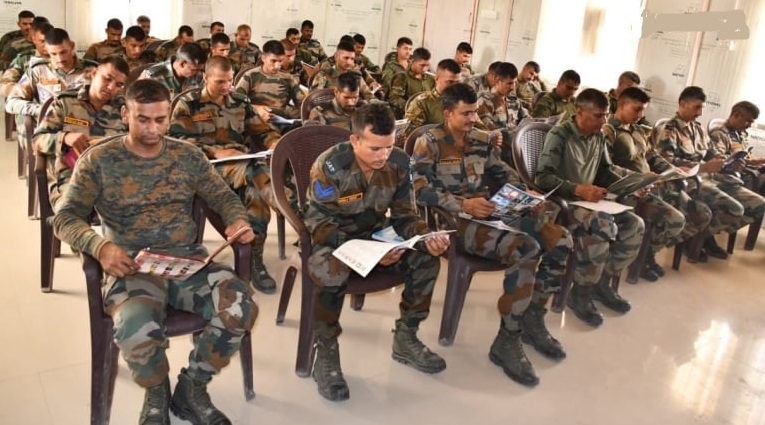 Agneepath Scheme replaced with Sainik Samman Scheme 2024, Defence Minister Rajnath Singh Relaunched Agniveer Scheme
Agneepath Scheme replaced with Sainik Samman Scheme 2024, Defence Minister Rajnath Singh Relaunched Agniveer Scheme
-
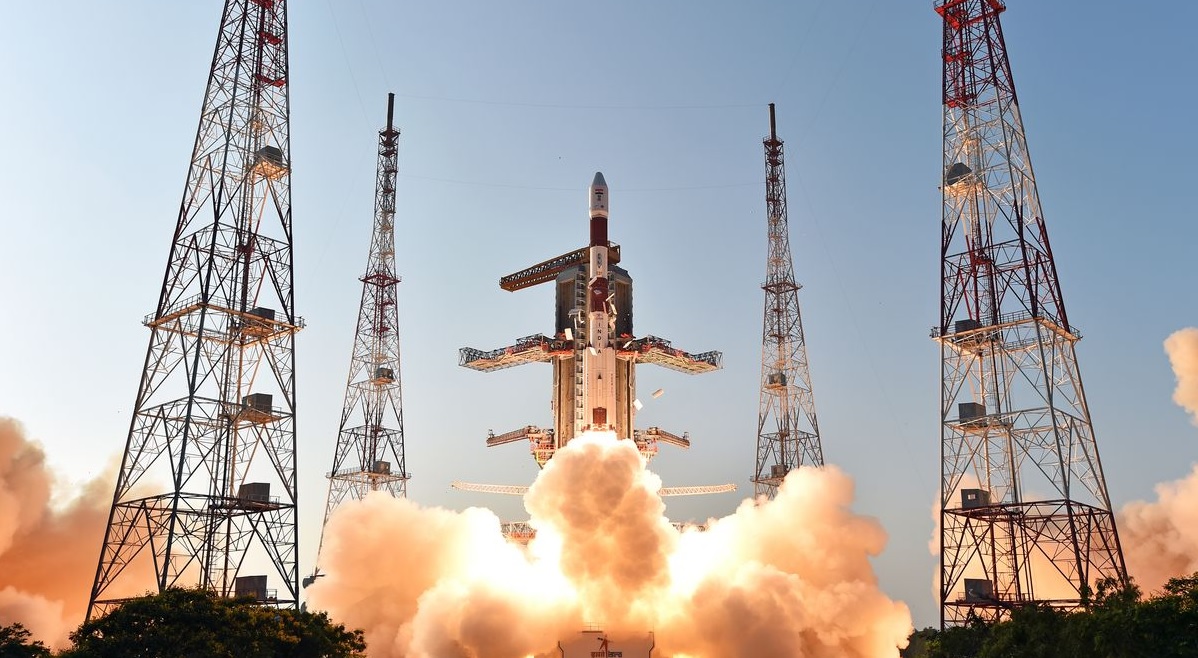 Isro Draws up Ambitious Plan for 2024, says will Launch at Least 12 Missions
Isro Draws up Ambitious Plan for 2024, says will Launch at Least 12 Missions
-
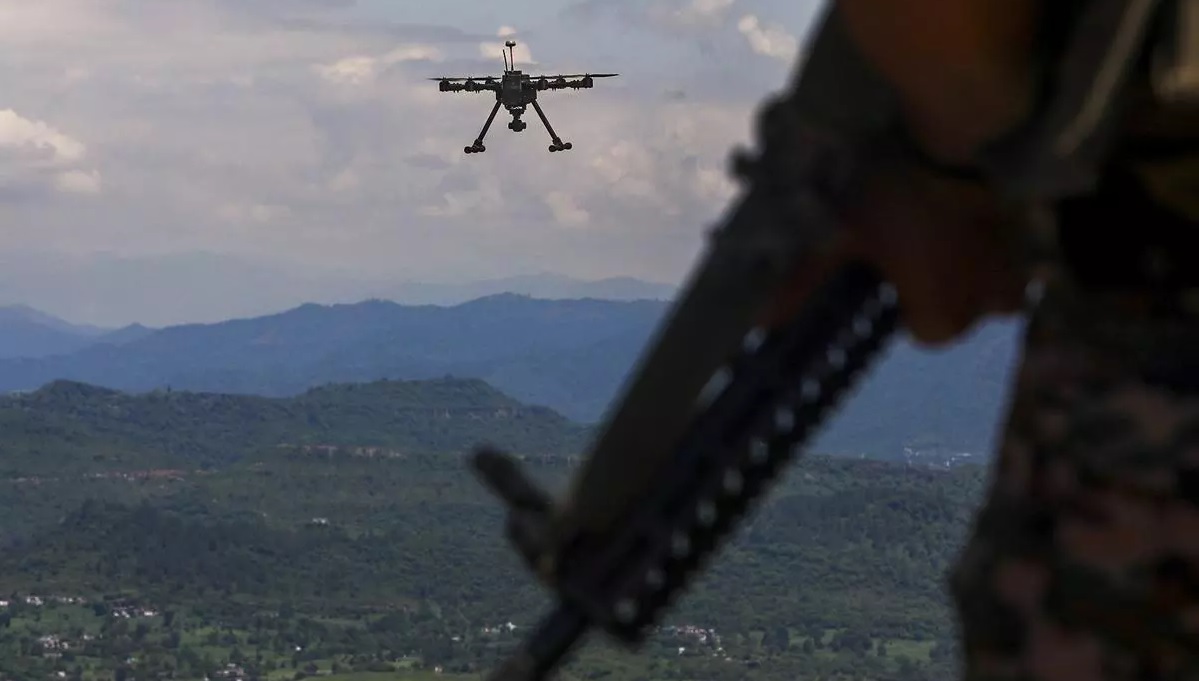 India's Defence Ministry Warns Against Chinese Parts in Military Drones Amid Security Concerns
India's Defence Ministry Warns Against Chinese Parts in Military Drones Amid Security Concerns
-
 China’s Super Radar Detects Mysterious Plasma Bubble Over Giza Pyramids
China’s Super Radar Detects Mysterious Plasma Bubble Over Giza Pyramids
-
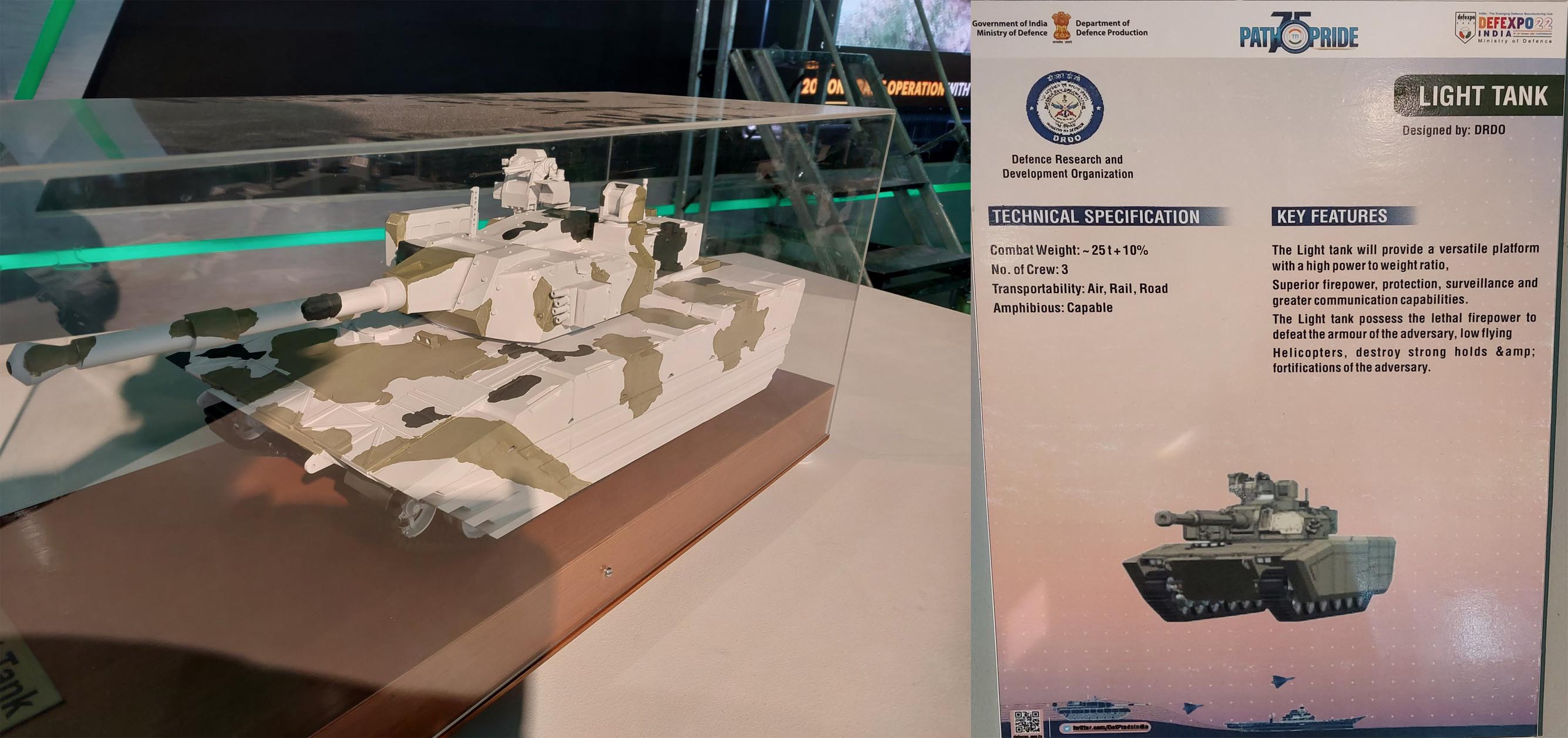 German Engines Available Now But India Chooses American Power Plants for Entire Zorawar Light Tank Project
German Engines Available Now But India Chooses American Power Plants for Entire Zorawar Light Tank Project
-
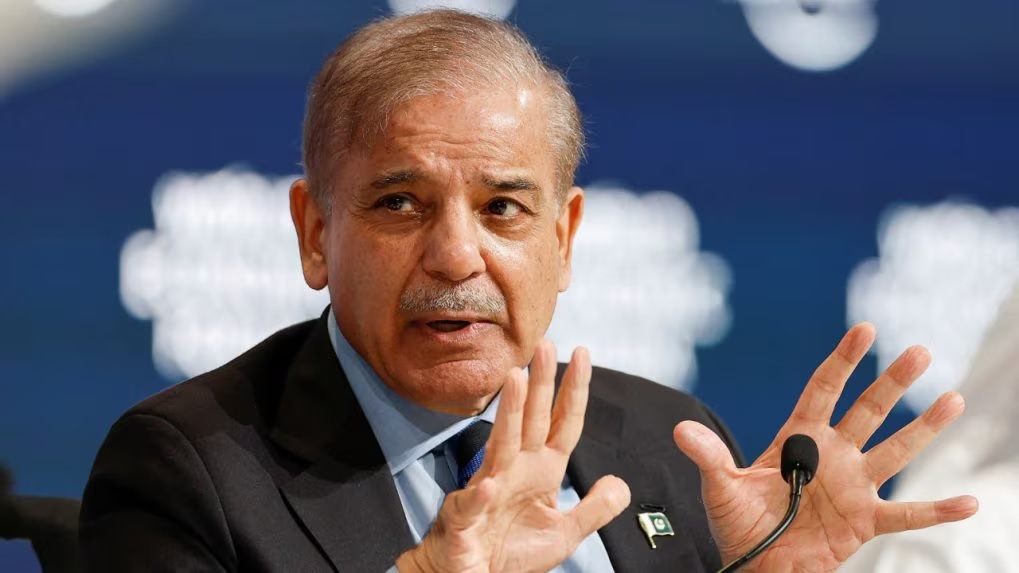 Pakistan Announces 15% Increase in Defence Budget for 2024-25 Amid Economic Crisis
Pakistan Announces 15% Increase in Defence Budget for 2024-25 Amid Economic Crisis
-
 India's Indigenous Kaveri Engine Program with New Focus on Thrust and Performance
India's Indigenous Kaveri Engine Program with New Focus on Thrust and Performance
-
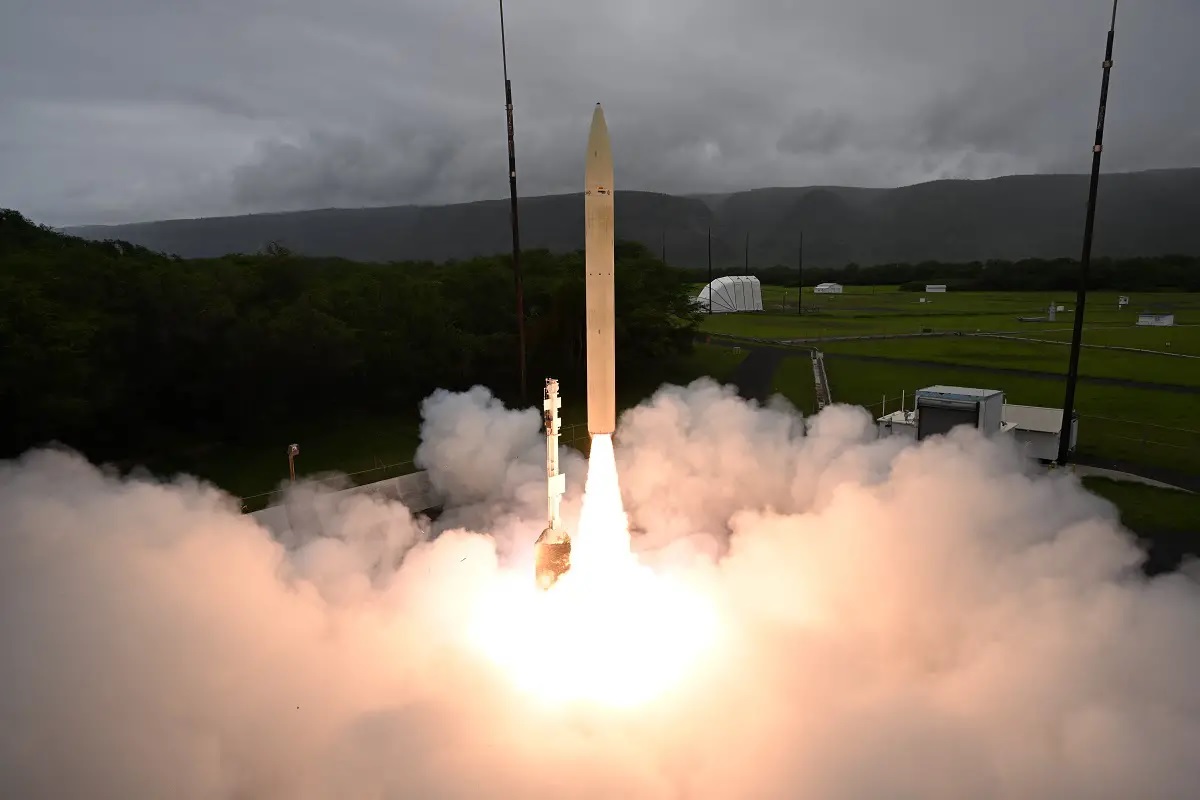 Successful Hypersonic Missile Test by U.S. Department of Defense
Successful Hypersonic Missile Test by U.S. Department of Defense
Top Trending in 4 Days
-
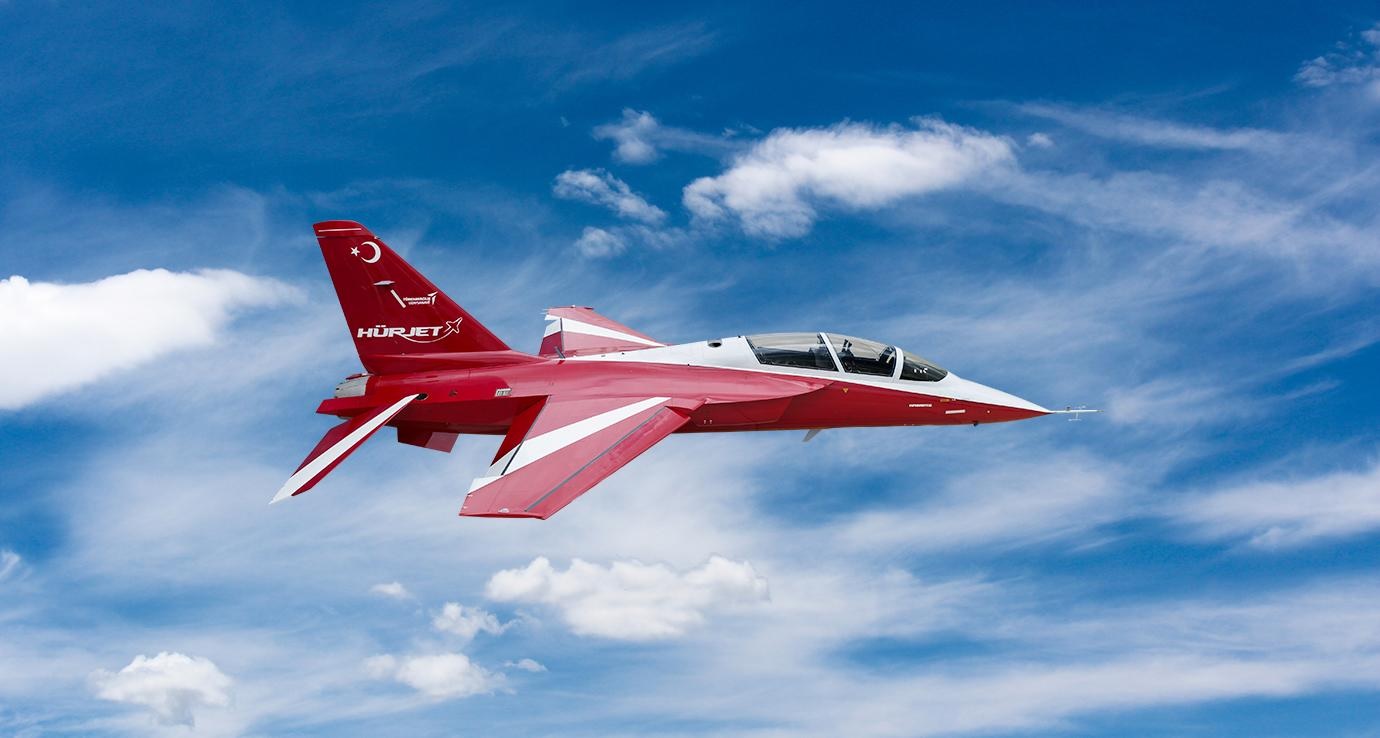 Turkey Seeks US Approval to Acquire GE Engine for Hurjet Fighter Jet
Turkey Seeks US Approval to Acquire GE Engine for Hurjet Fighter Jet
-
 Earth will Get a Second Moon Temporarily This Month—But It Won’t Stay Long
Earth will Get a Second Moon Temporarily This Month—But It Won’t Stay Long
-
 Satellite Tracker Captures Rare Images of Secret U.S. Spy Satellites
Satellite Tracker Captures Rare Images of Secret U.S. Spy Satellites
-
 How Turkey’s Order of F404 Engines Could Accelerate India's Tejas Mk1A Deliveries
How Turkey’s Order of F404 Engines Could Accelerate India's Tejas Mk1A Deliveries
-
 Japan Coast Guard to Build its Largest Patrol Vessel Ever: A 30,000-Ton Maritime Giant
Japan Coast Guard to Build its Largest Patrol Vessel Ever: A 30,000-Ton Maritime Giant
-
 TEJAS MK-1A Fighter Jet Delivery Delayed by Danish Export Blacklist: HAL’s Race to Indigenize Critical Component
TEJAS MK-1A Fighter Jet Delivery Delayed by Danish Export Blacklist: HAL’s Race to Indigenize Critical Component
-
 GE to Retain Key F-414 Engine Technology in Transfer Deal with India: What This Means for HAL and Indigenous Production
GE to Retain Key F-414 Engine Technology in Transfer Deal with India: What This Means for HAL and Indigenous Production
-
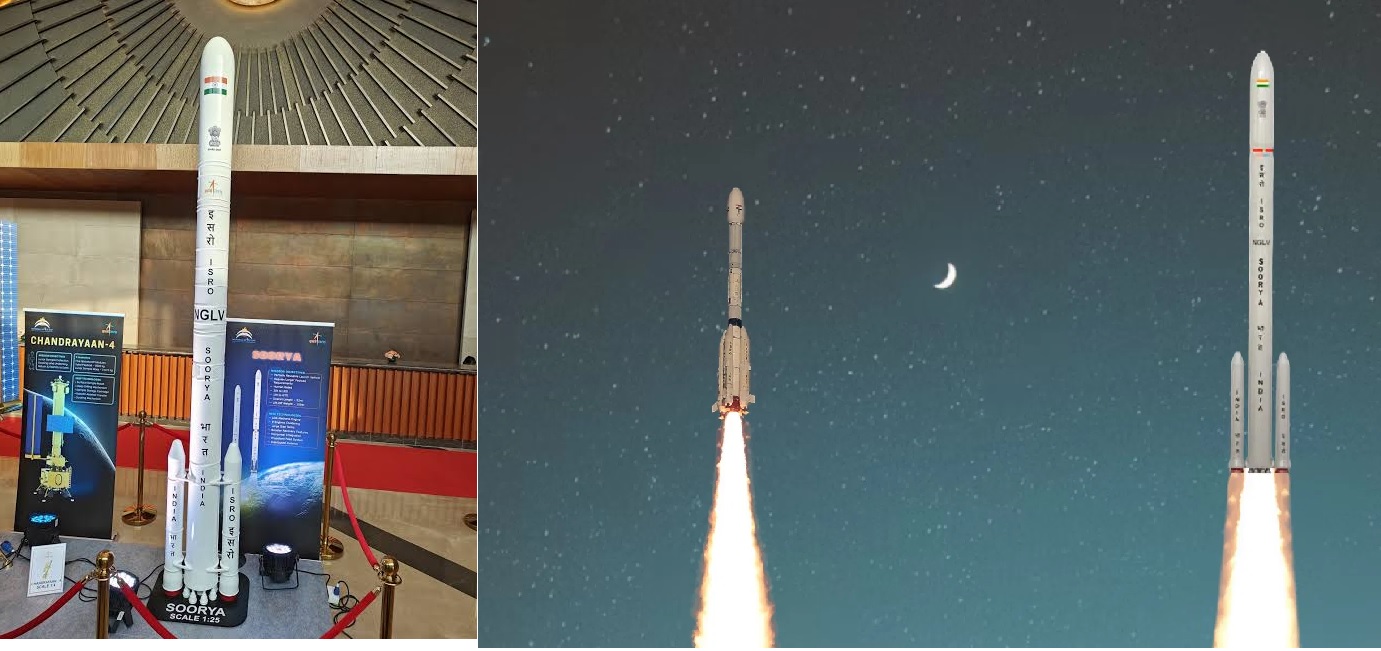 India's Next Leap in Space: Cabinet Approves Development of Next-Gen "SOORYA" Satellite Launch Vehicle
India's Next Leap in Space: Cabinet Approves Development of Next-Gen "SOORYA" Satellite Launch Vehicle
